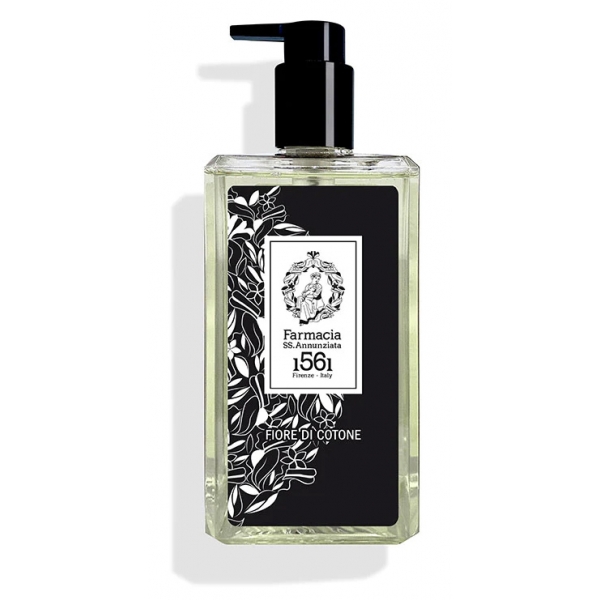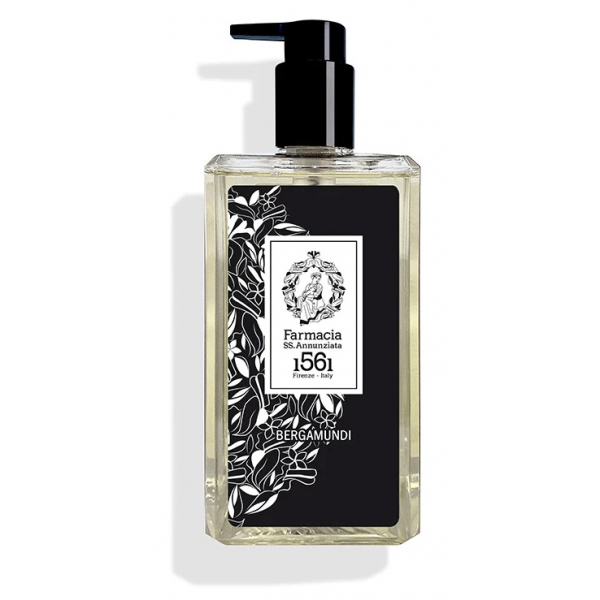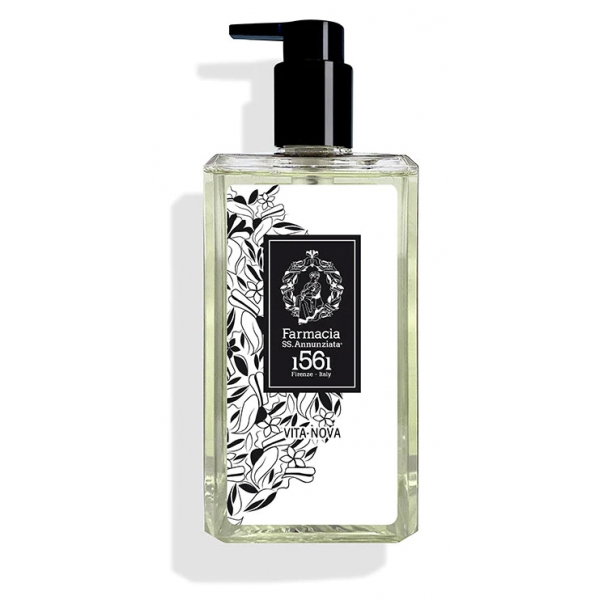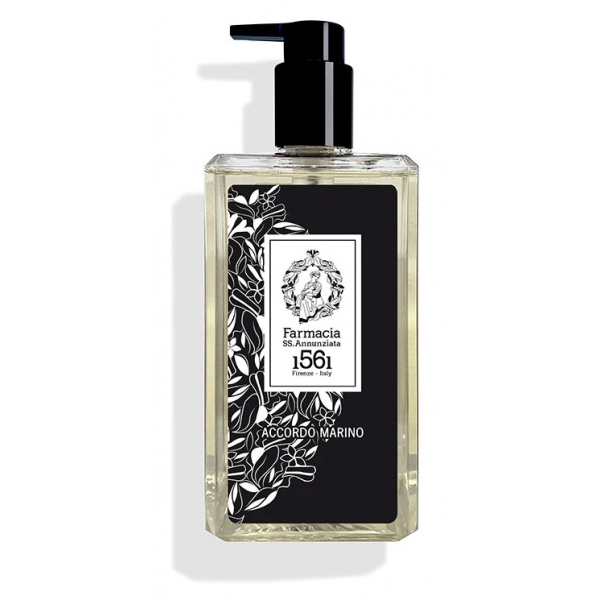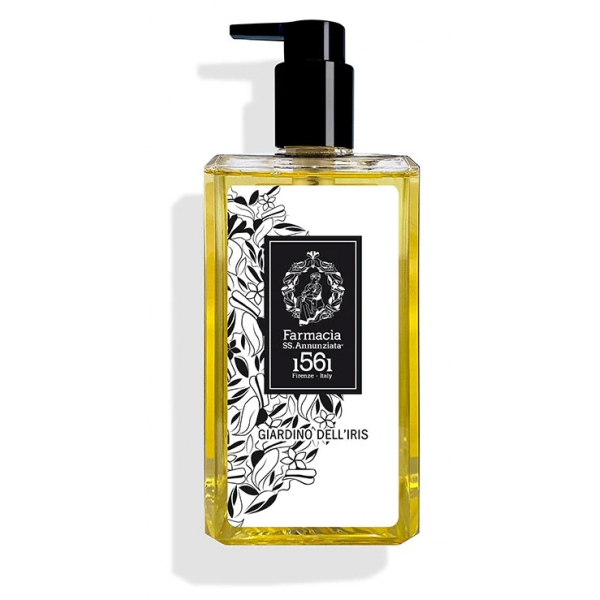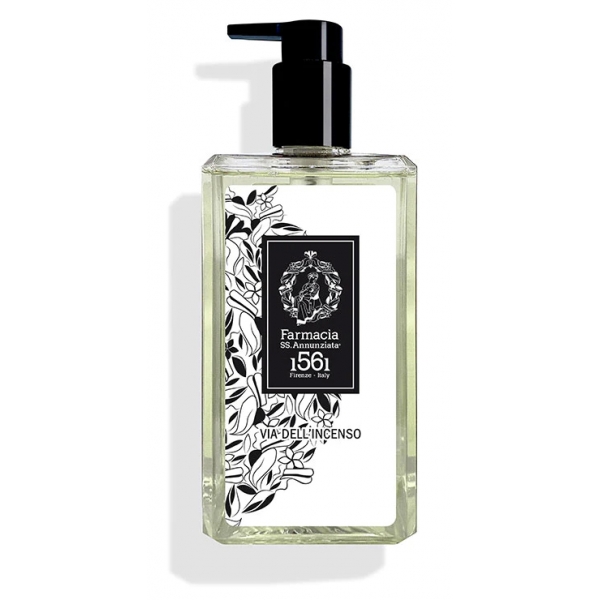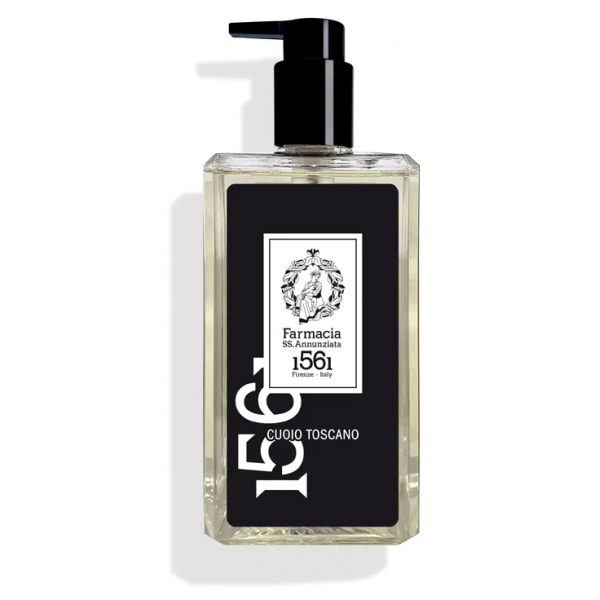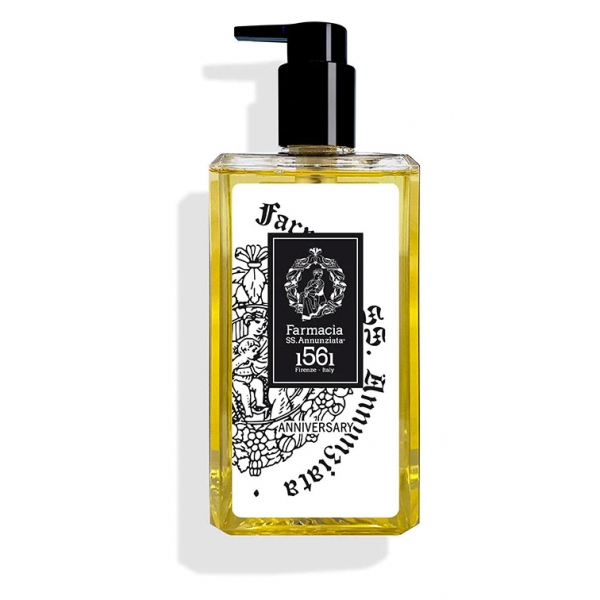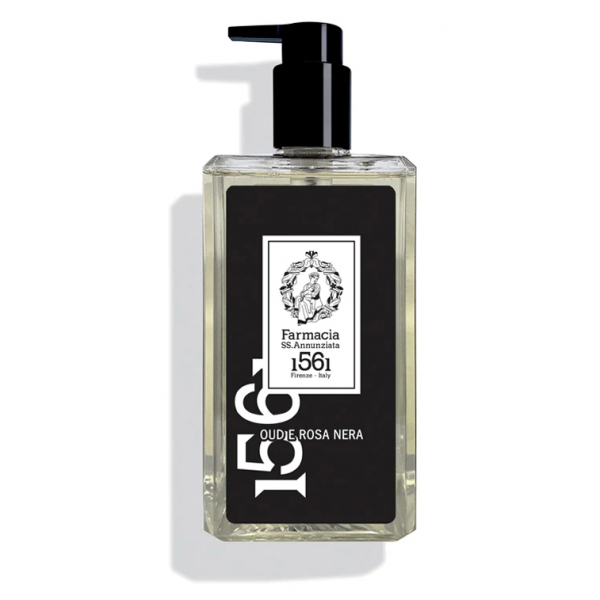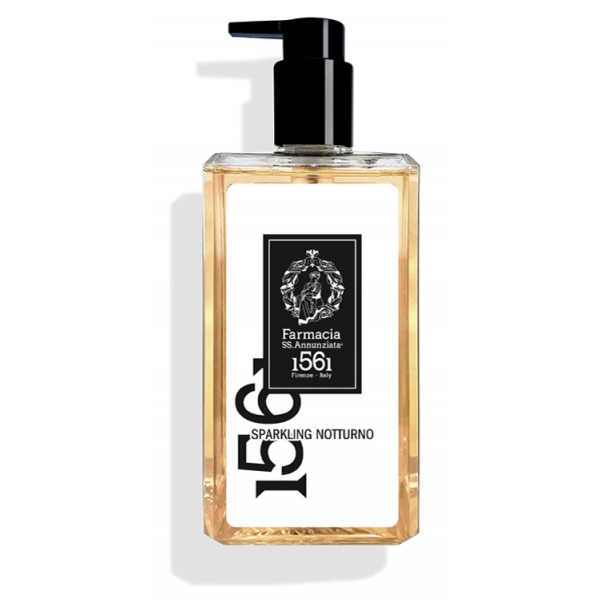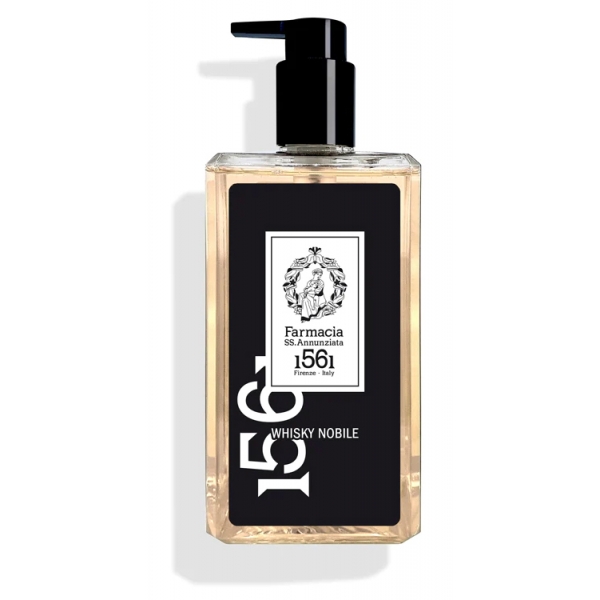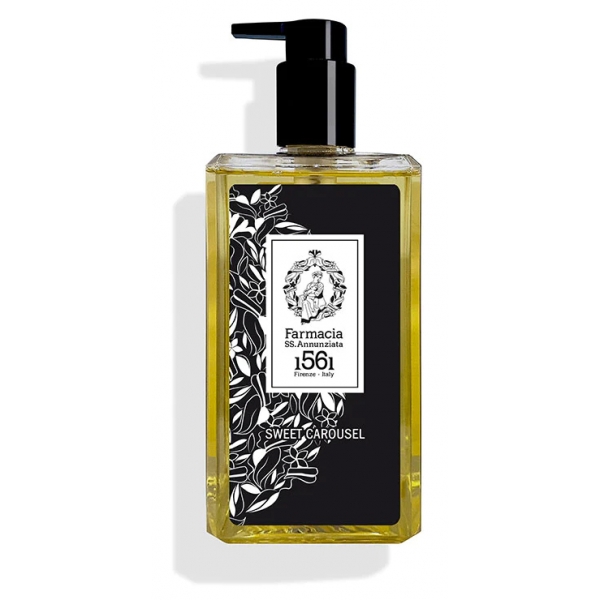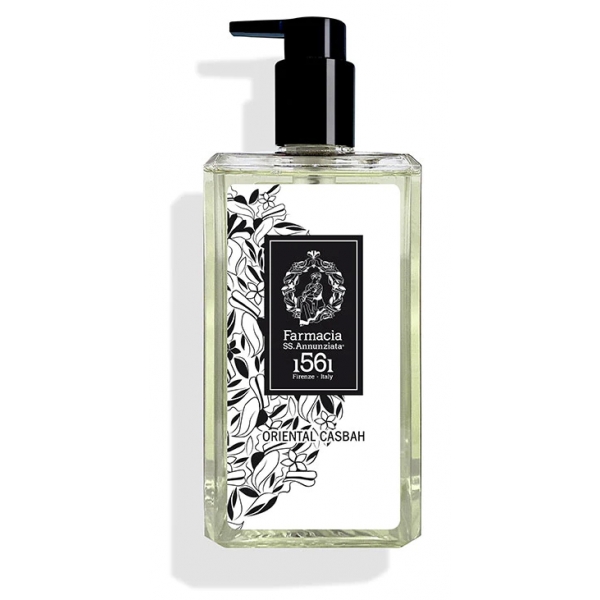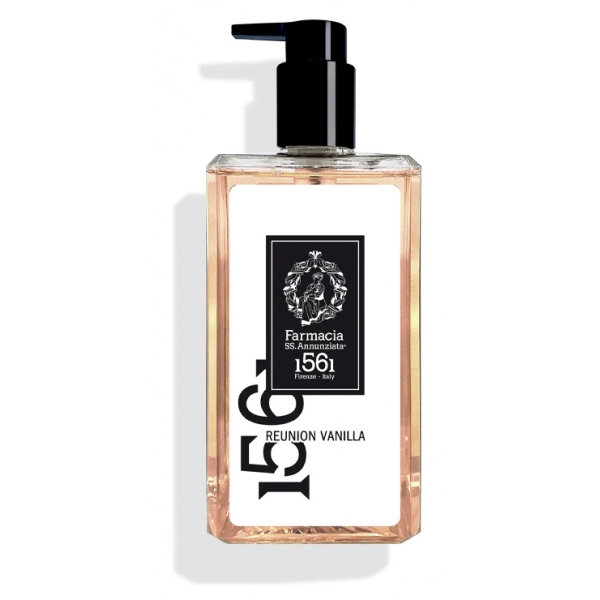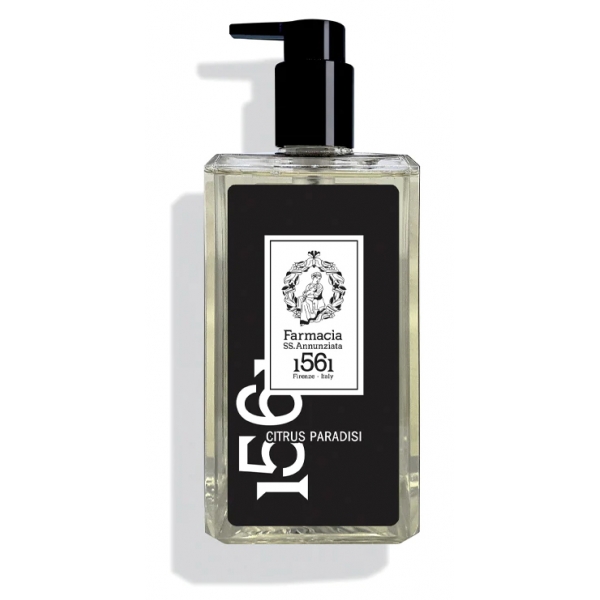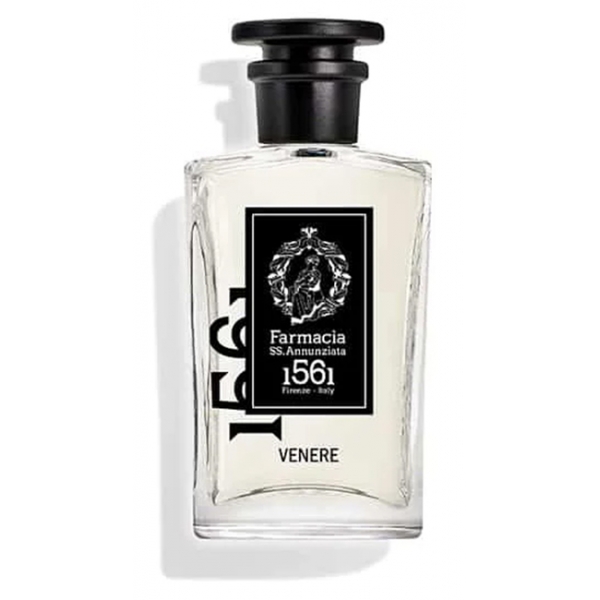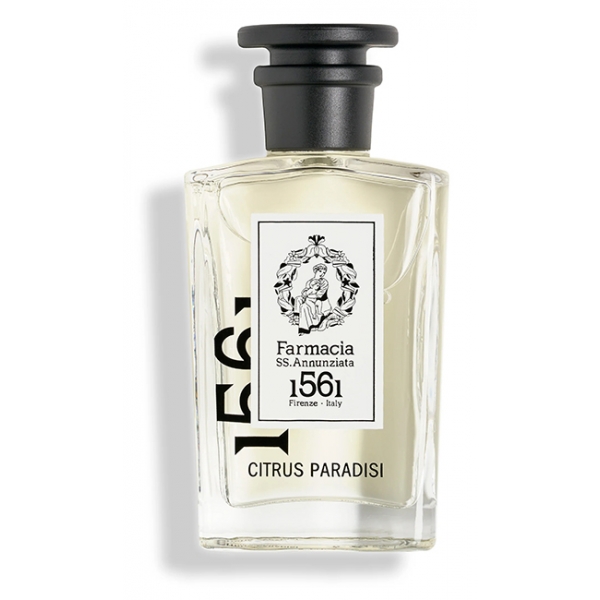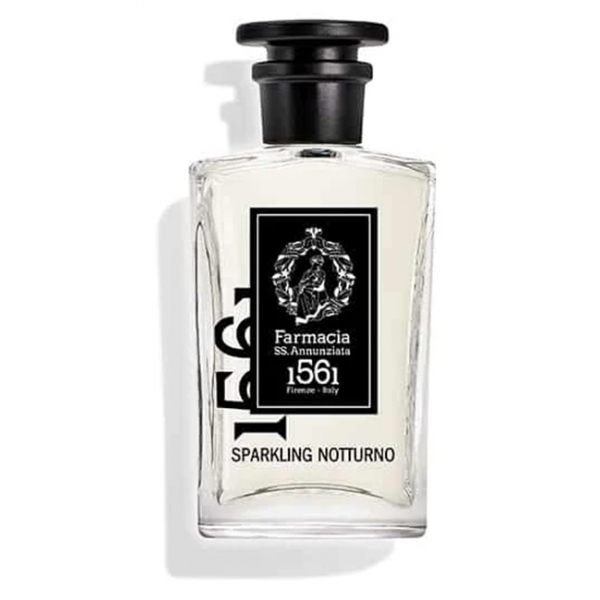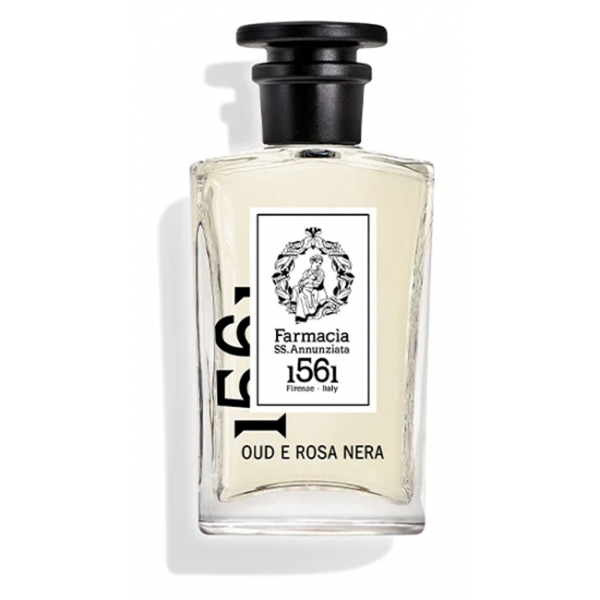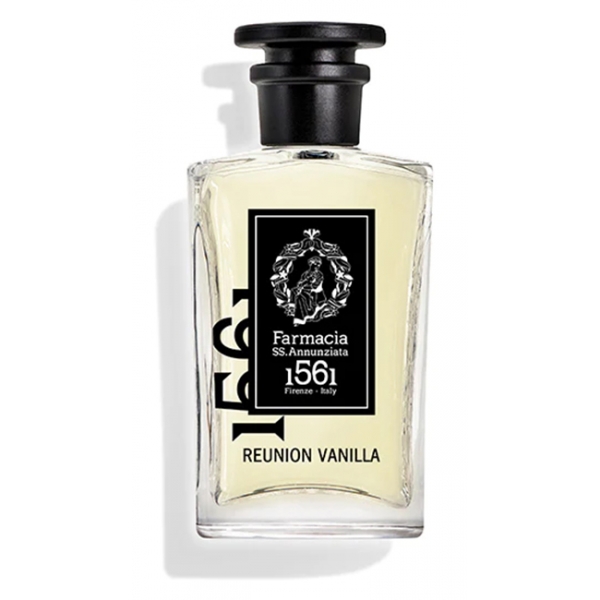No products
Categories
- Fashion Accessories
- Clothing
- Beauty & Lifestyle
-
Hi-Tech & Lifestyle
- Gaming
-
Case
- iPhone 11 Pro
- iPhone 11 Pro Max
- iPhone 11
- iPhone X / XS
- iPhone XS Max
- Samsung S10 / S10+ / S10e
- Huawei P30 / P30 Pro / P30 Lite
- Huawei P20 / P20 Pro / P20 Lite
- iPhone XR
- Samsung S9
- Samsung S9+
- iPhone 8 / 7
- iPhone 8 Plus / 7 Plus
- Samsung S8
- Samsung S8+
- Samsung S7
- Samsung S7 Edge
- iPhone 6 / 6 s
- iPhone 6 Plus / 6 s Plus
- iPhone 5 / SE
- Skin
- Audio
- Smart Home
- Drones & Hoverboard
- Photo & Video
- Desk Supplies
- Accessories
- Games
- Beverages
- Food
- Home
- Jewelry
- Luxury
- Travel
- Art
- Footwear
- Vintage Fashion
- Restaurants
- Sport
- Animals
- Gift Ideas
- Kidswear
Extra
Viewed Products
-

Pasta Marilungo - Fettuccine Organic - Organic Campofilone - Pasta of...
The Marilungo premium production...
-

Twinset - Macramé Lace Trousers - Cream - Trousers - Made in Italy - Luxury...
Twin Set flare trousers in floral...
Farmacia SS. Annunziata 1561
None of The Old Traditions have Been Lost. None of The Benefits of Modern Technology have Been Neglected

Concept
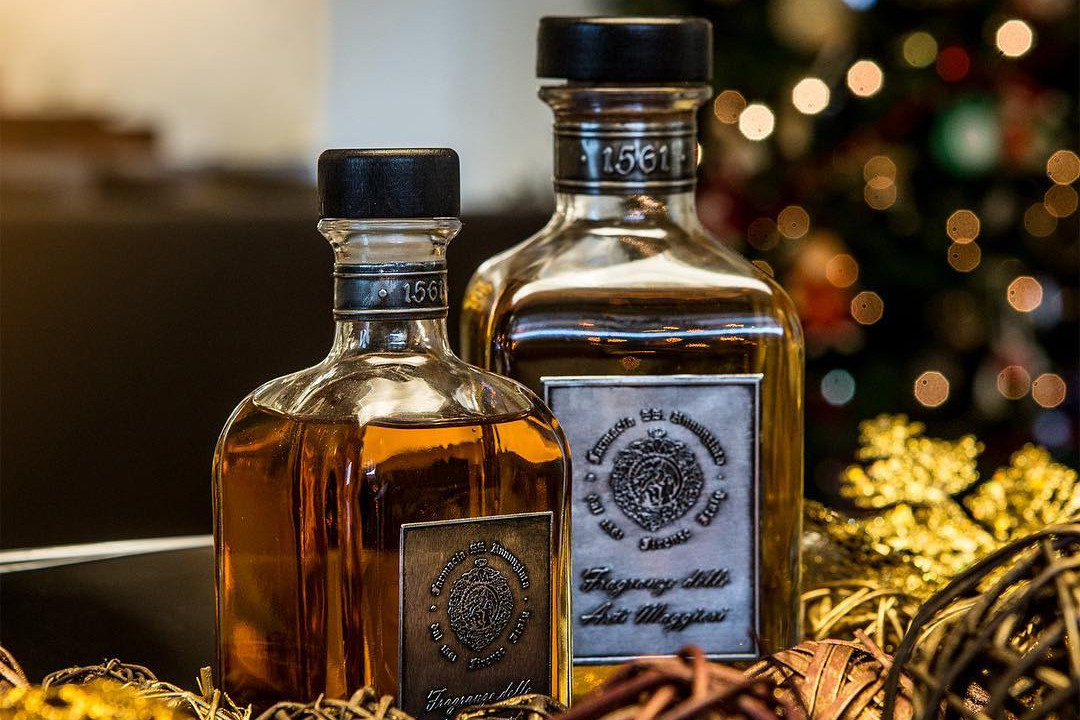
In 1561 the chemist Domenico di Vincenzo di Domenico Brunetti was the first manager of the Santissima Annunziata Pharmacy about whom we have information. (A.S.F. – Decima Granducale 3784 cc. 110v. – 111r A.S.F. – Arte dei Medici e Speziali, 12, c.123v.).
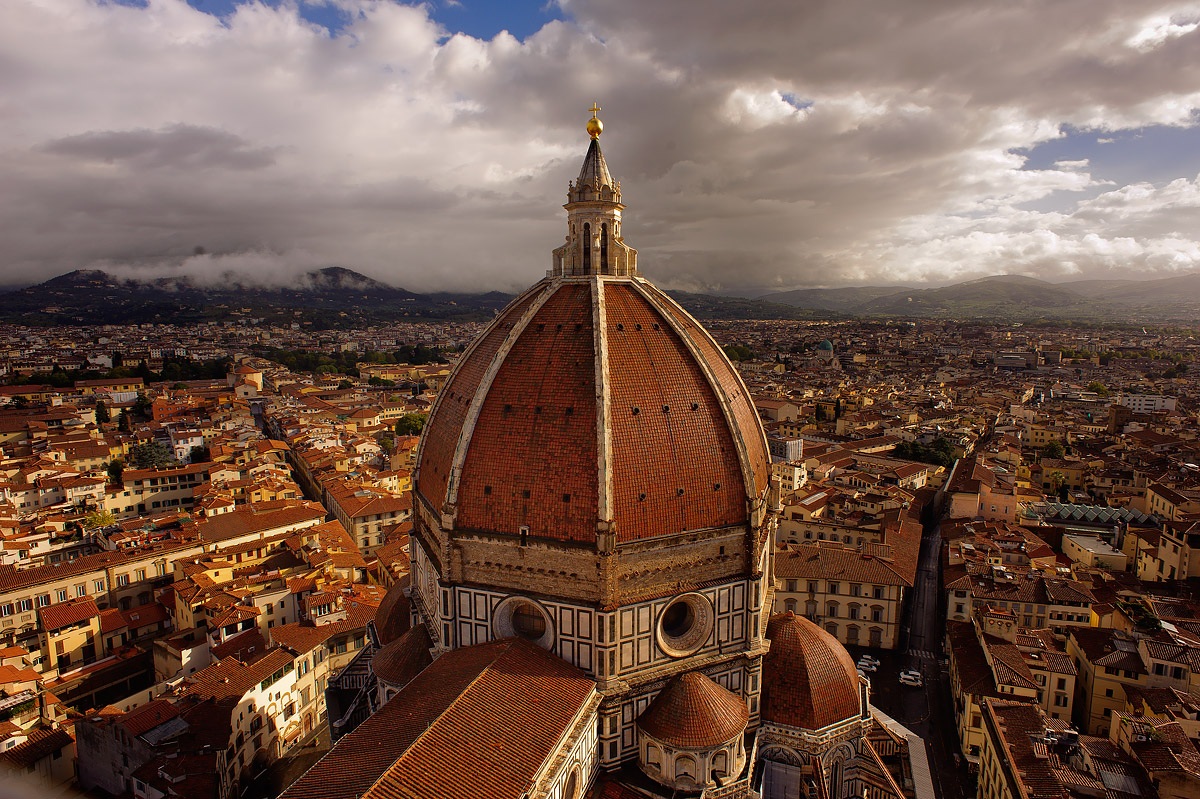
Since that time the Farmacia Santissima Annunziata has always mantained, apart from the usual prestige typical of every pharmacy at that age, a special tradition in preparing galenic prescriptions and products for hygiene and the beauty of the skin.
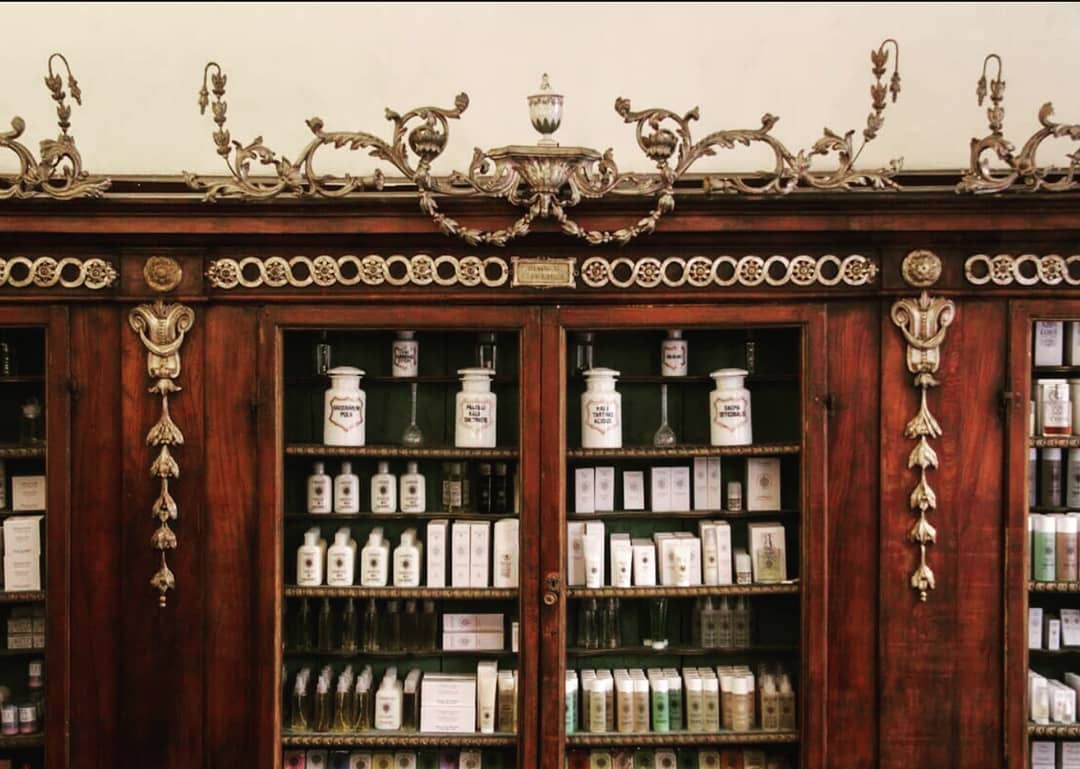
We have graduated, from ancient processes completely handmade, with pestle and mortar, to special quality controlled preparations made with modern and safe machinery, giving special attention to high standards and throughly researching our prescriptions which are made both with traditional and new raw products.
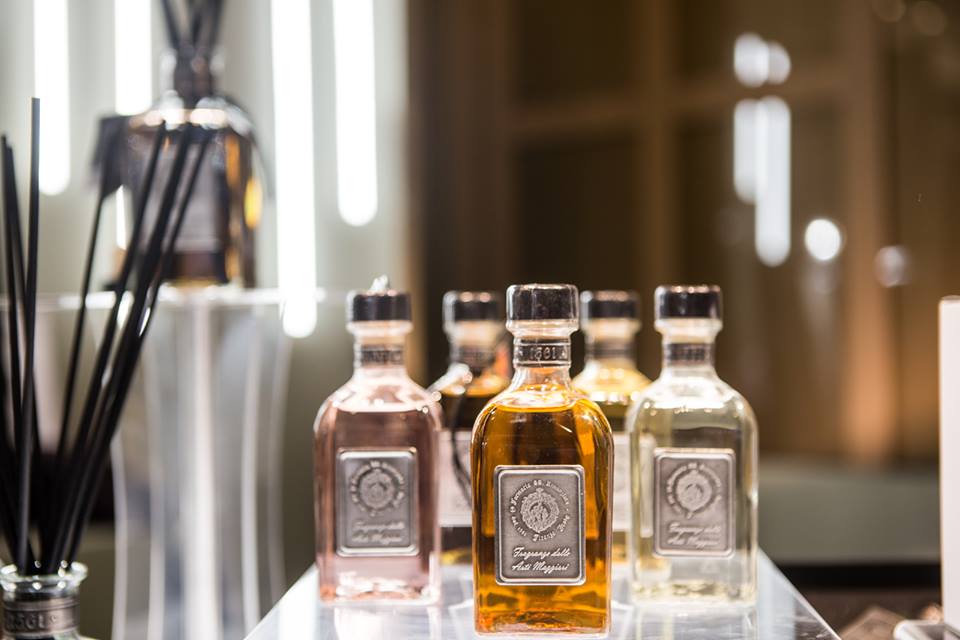
Our ancient tradition has been mantained and the standards of our products have become, if possible, better and safer.
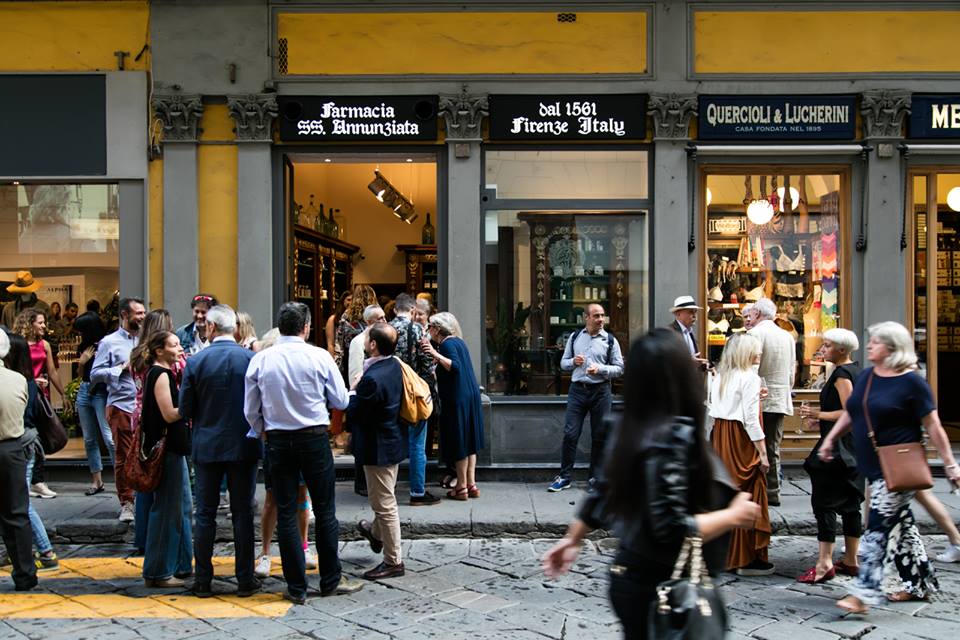
The Farmacia SS. Annunziata uses only the highest quality ingredients available on the global market and preparation is done with precision using advanced, high-tech machinery. The finished product is always fresh and in accordance with all current technical and legislative standards and the psychophysical needs of the client, as well as the needs of the skin according to the climate and/or seasonal changes, are always carefully considered in the making of both new and old products.
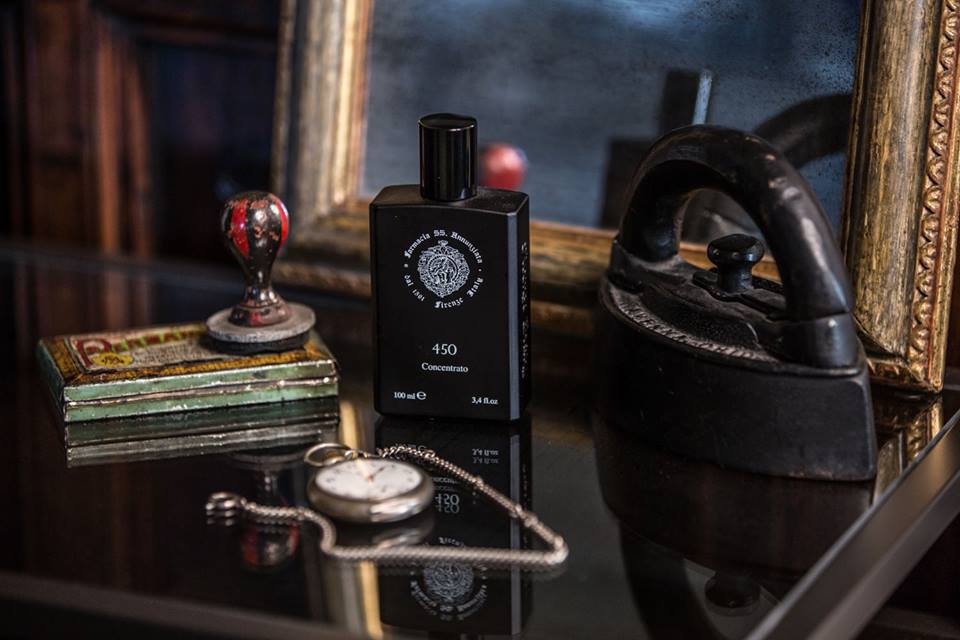
History
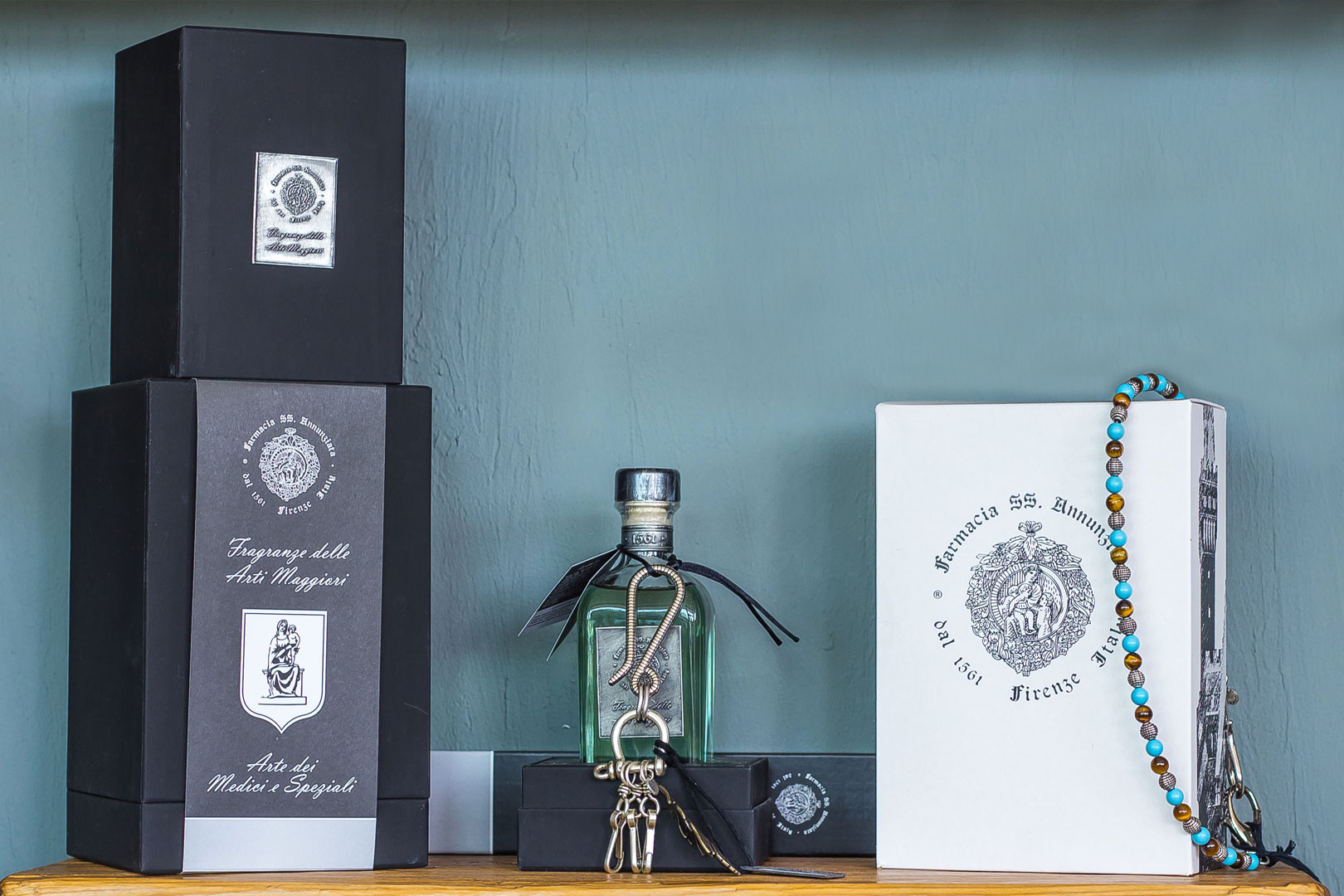
The Farmacia SS. Annunziata of Florence is located at Via dei Servi 30 (black) and 80 (red) in a building that dates back to 1400.
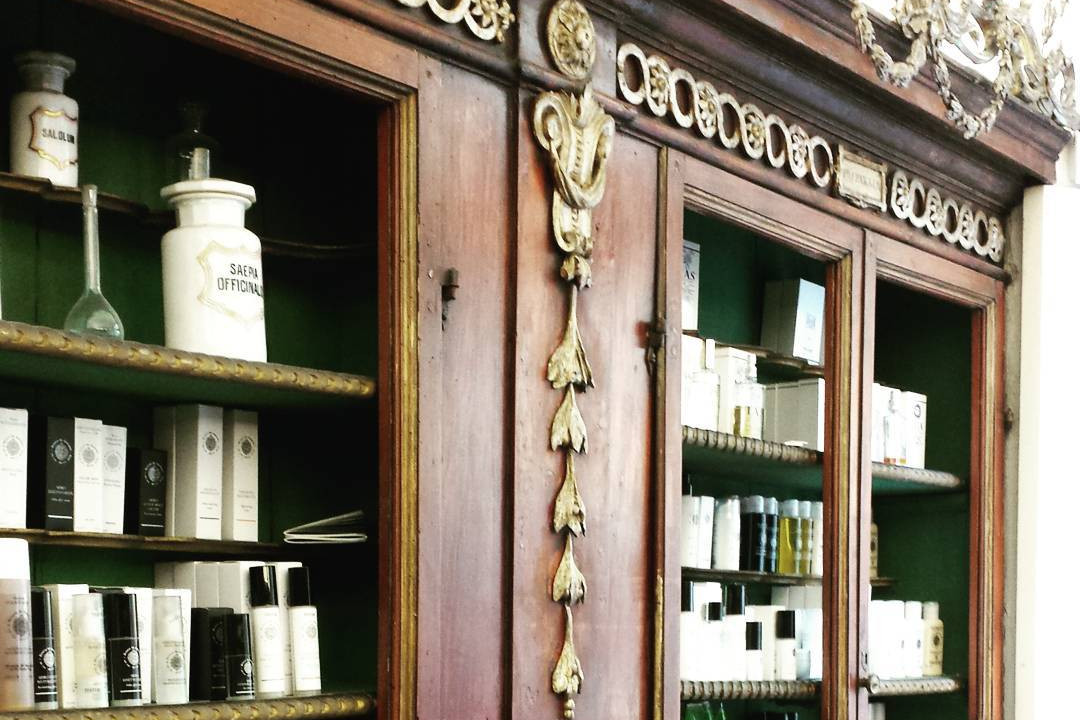
At the top of the first story facade is a pietra serena stone sculpture of an eagle bearing a ball on its back. The history of this coat of arms dates back to 1200.Between the twelfth and thirteenth centuries, the Arti di Firenze (Guilds of Florence), which were guilds of arts and crafts, began to take shape.
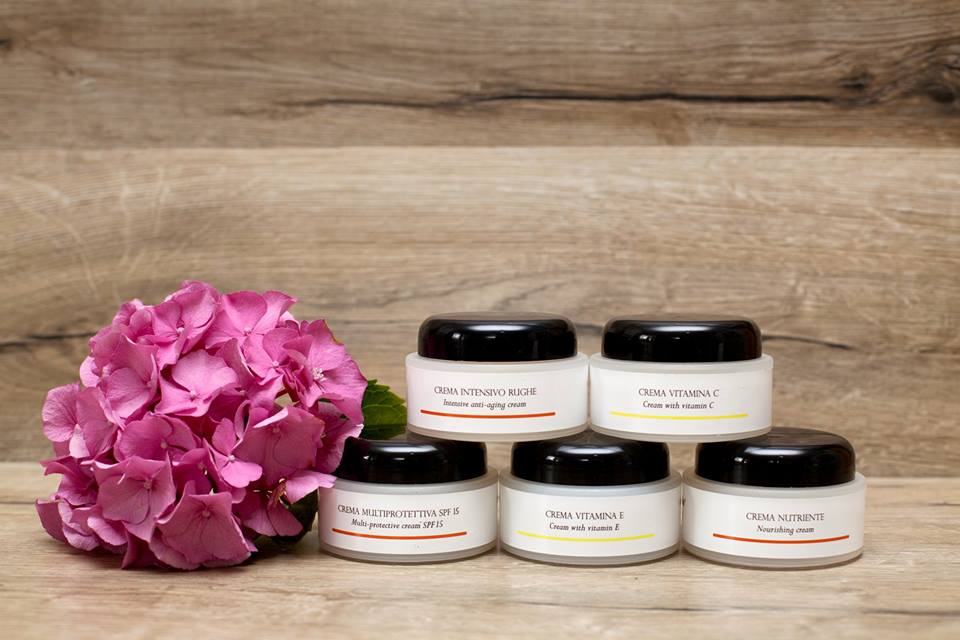
These were initially created as lay associations for the defence and pursuit of common goals that brought together those who worked in the same profession or those who practised the same trade.
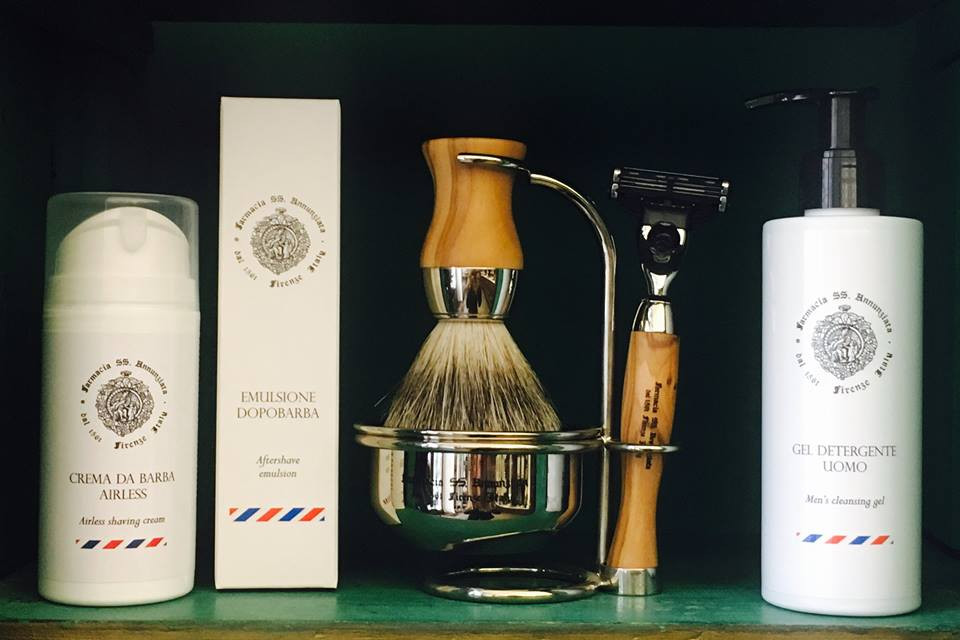
The extraordinary economic developments that permitted Florence to become one of the richest and most powerful cities in medieval Europe are owed in large part to these guilds.
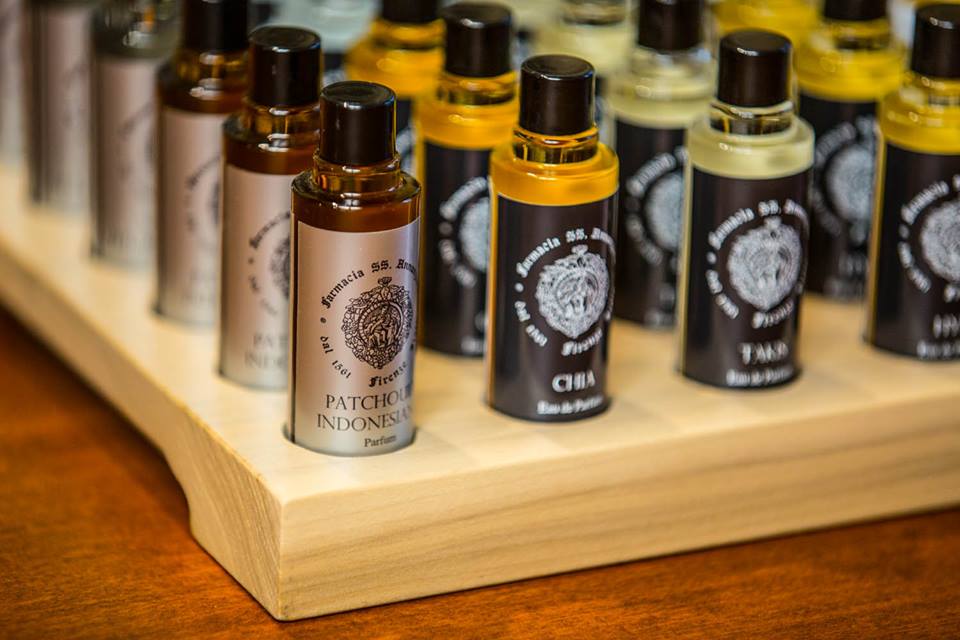
Seven guilds called the Arti Maggiori (Major Guilds) and another fourteen called the Arti Minori (Minor Guilds) were formed.Those belonging to the former managed and administered large interests and were able to create commercial and financial relationships in many parts of the world.
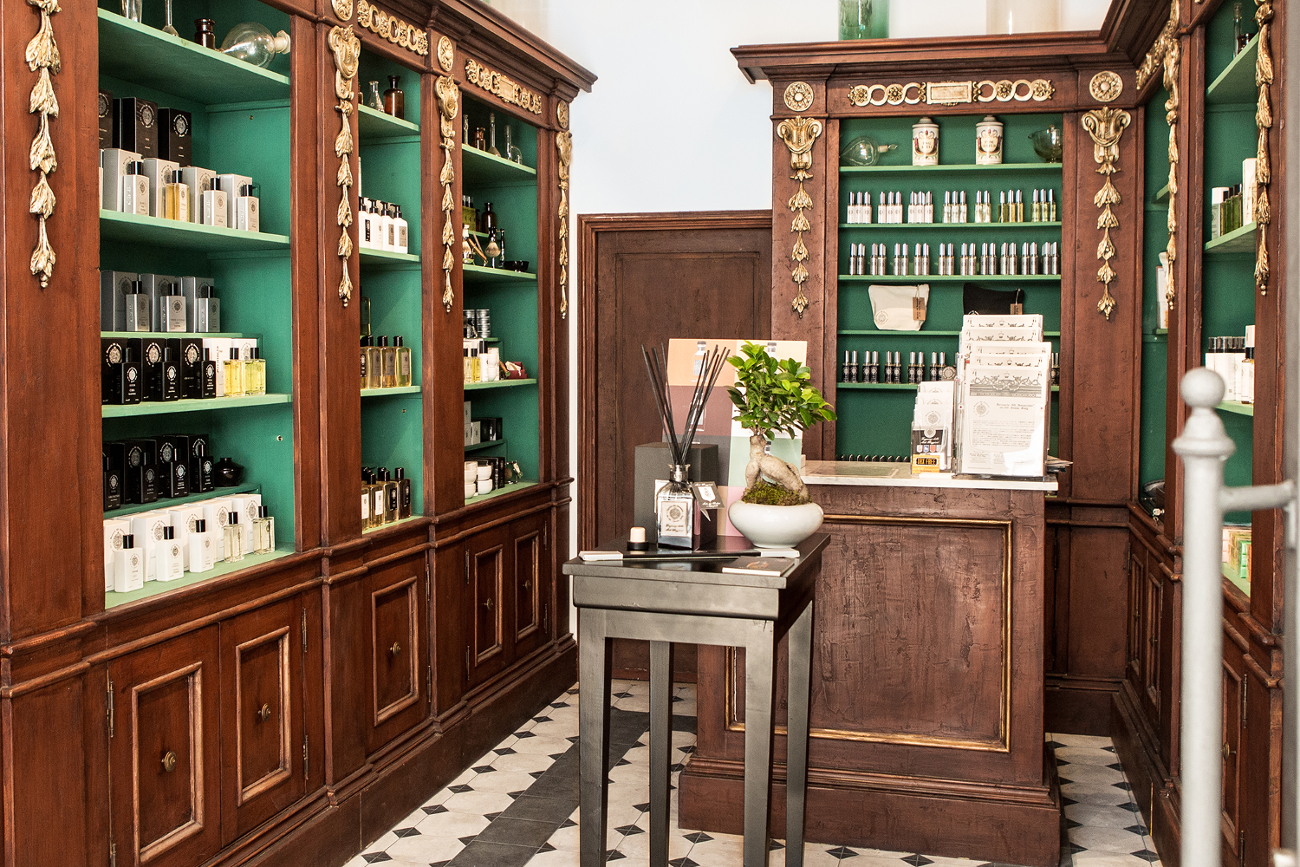
The Arti Minori were guilds of a purely artisan character. Their services were limited to a local sphere and their involvement in politics was generally far more restricted than that of the Arti Maggiori.
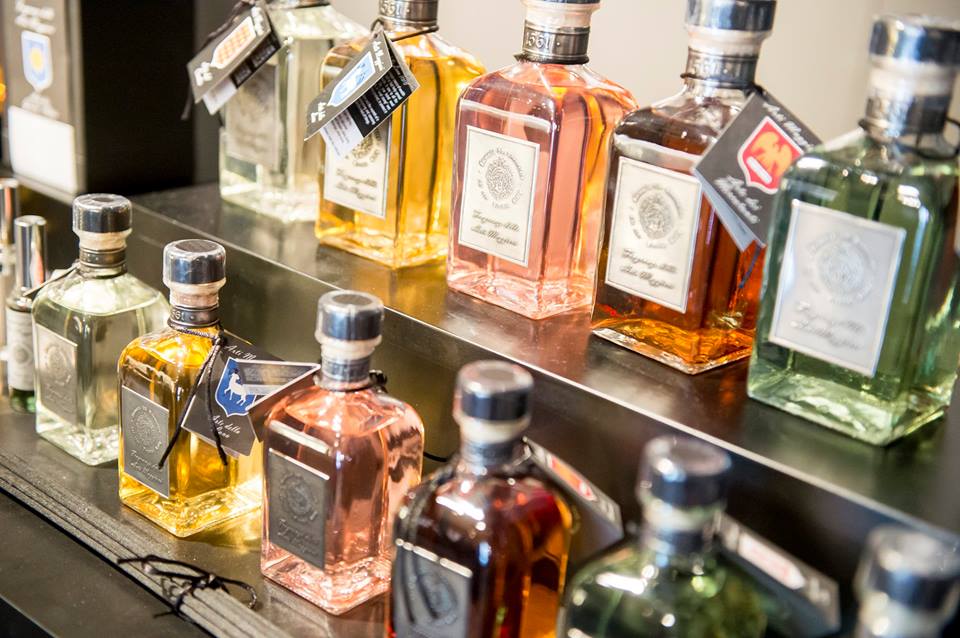
One of the richest and most powerful of the Arti Maggiori guilds in Florence was the Arte dei Mercatanti or di Calimala (a guild of cloth finishers and merchants) who had shops in Via Calimala in the centre of Florence, where many of the various guilds’ shops were located.
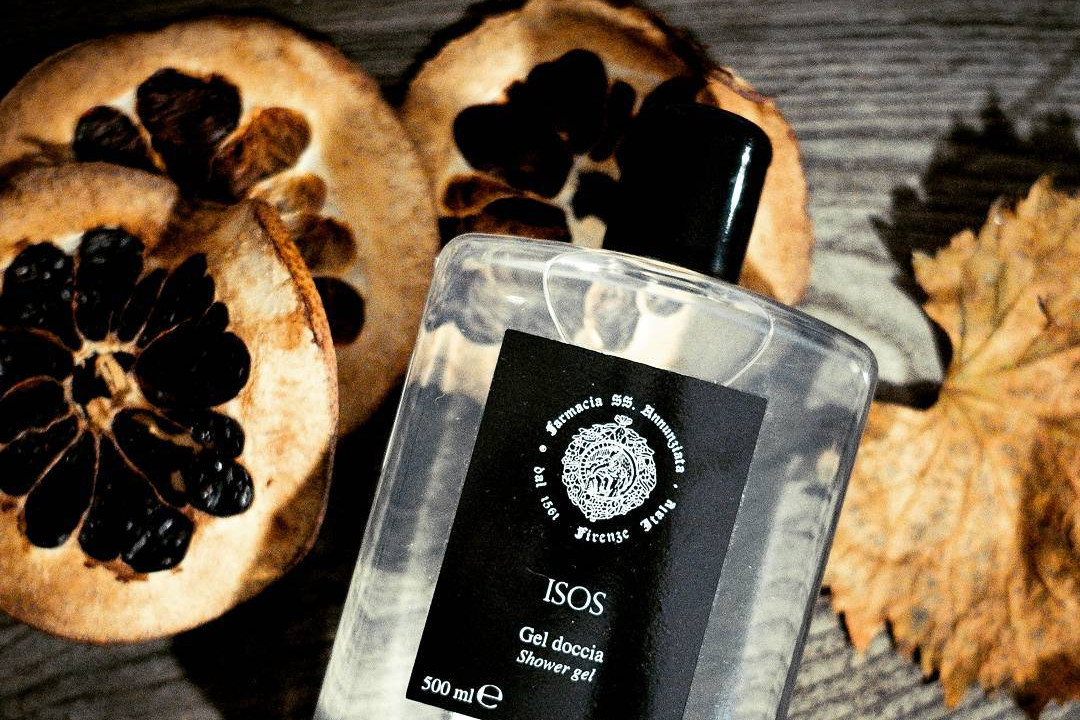
The Arte dei Mercatanti imported cloth mainly from France and England and then dyed, stretched and fulled it before re-exporting it to other countries.
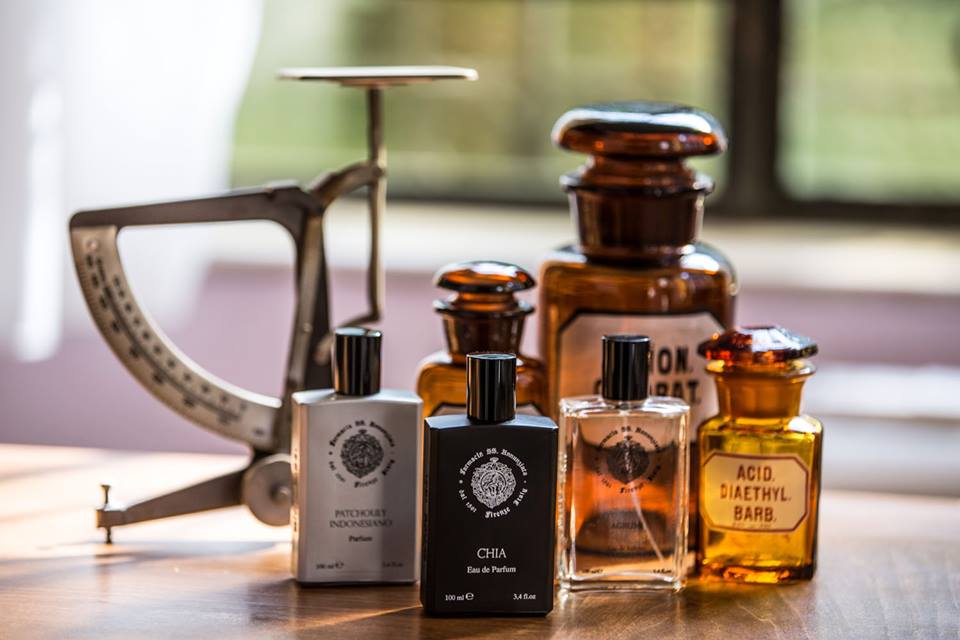
The Arte dei Mercatanti is represented by a golden eagle against a red background standing upon a white bundle of cloth.
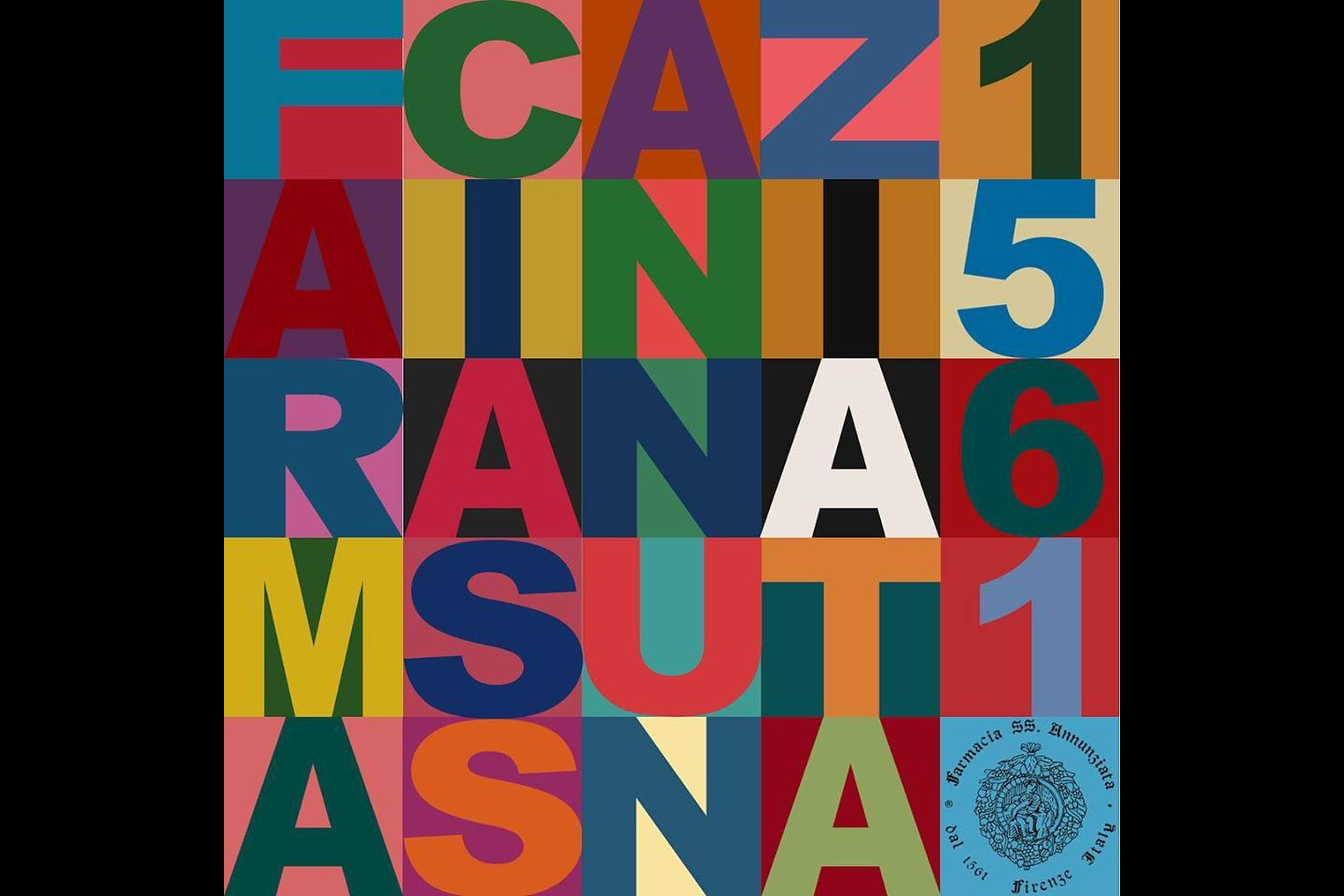
This symbol can be found on the inside of its original building situated on top of a large ball that is hoisted above the stairwell. It is the same coat of arms that is sculpted on the facade of the building where the Farmacia SS. Annunziata is located.
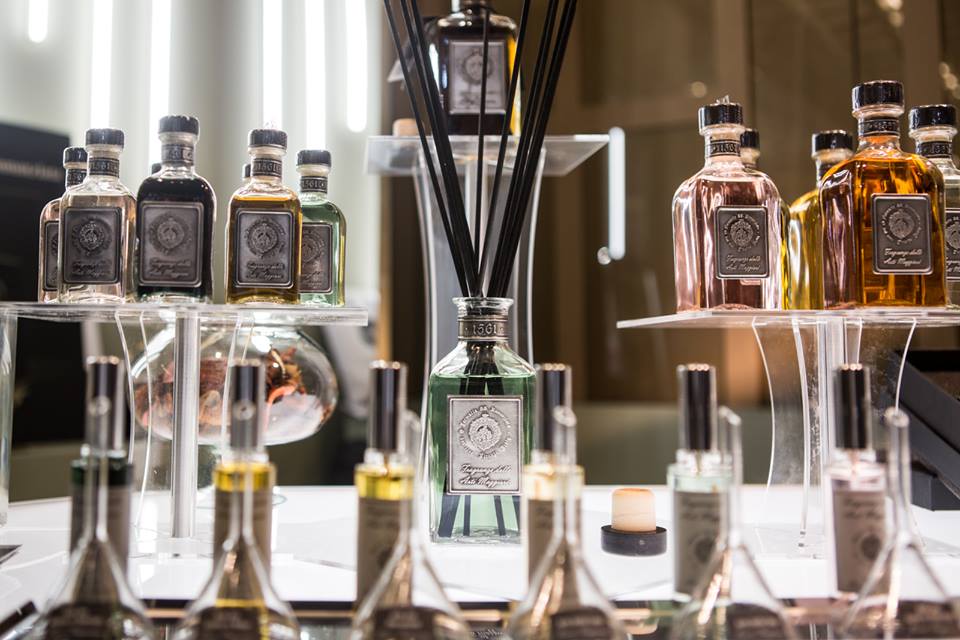
In 1298 the city began to urbanize. It was during this time that a street was formed that went directly to the area in front of the new church that was connected to the SS Annunziata Convent. Today this street is called Via dei Servi.
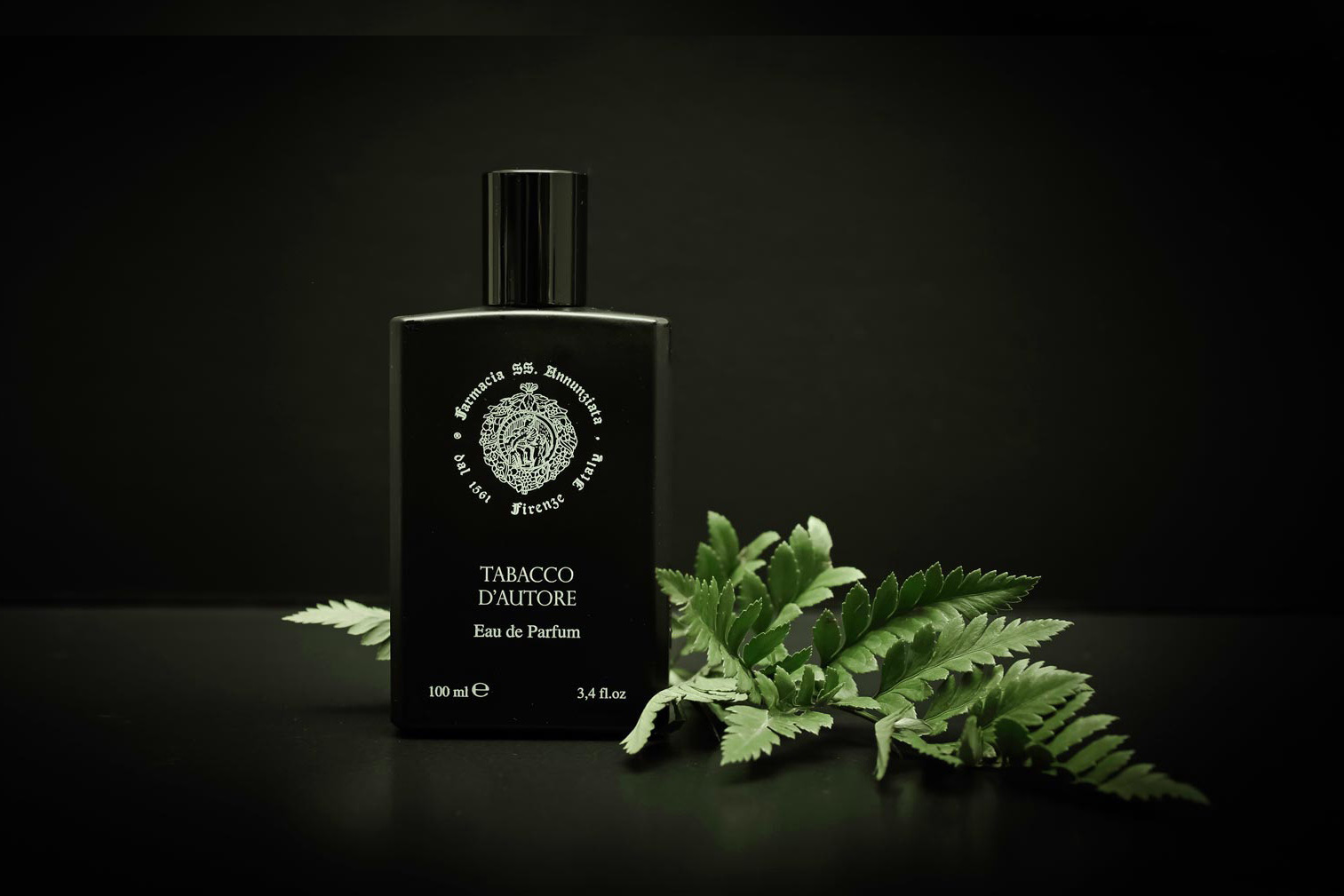
In 1419, Fillipo Brunelleschi began work on the loggia of the Ospedale degli Innocenti (Hospital of the Innocents) and in 1421 Via dei Servi was paved.
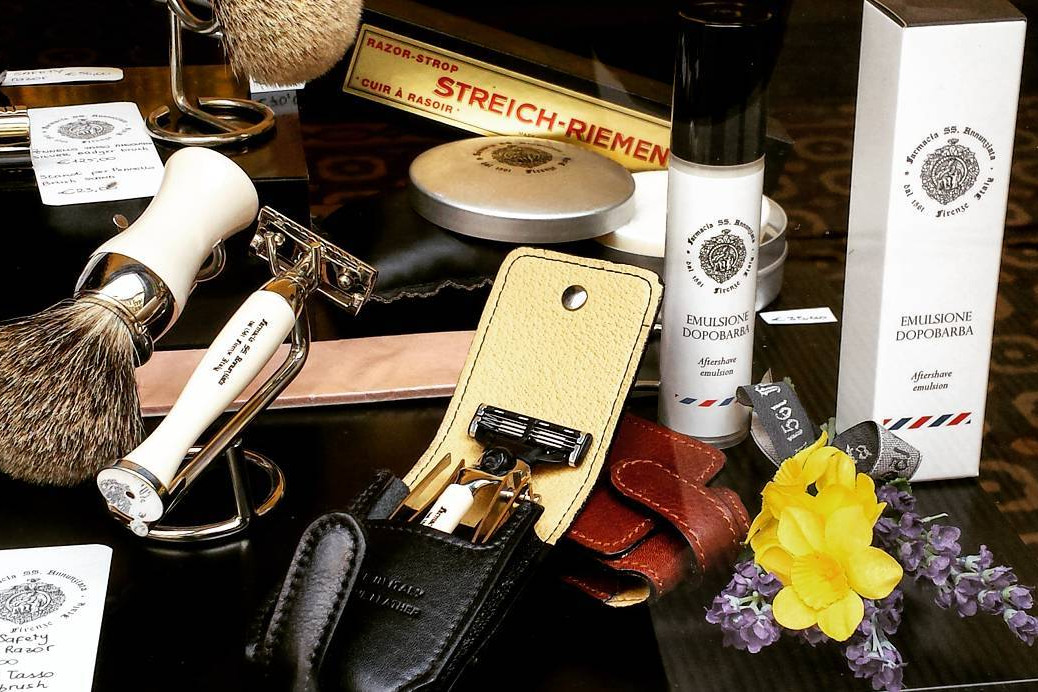
At some point between 1471 and 1482, a map was drawn up by an anonymous connoisseur of Florentine wares and artefacts that clearly shows a two-storey unitary building located between the Annunziata and the Duomo. This building could represent the houses of Via dei Servi and not the original tiratoio (the building for the stretching and drying of cloth). Two-thirds of the original tiratoio was inherited by the Arte della Lana (Guild of Silk), and the Arte dei Mercatanti inherited the remaining one-third.
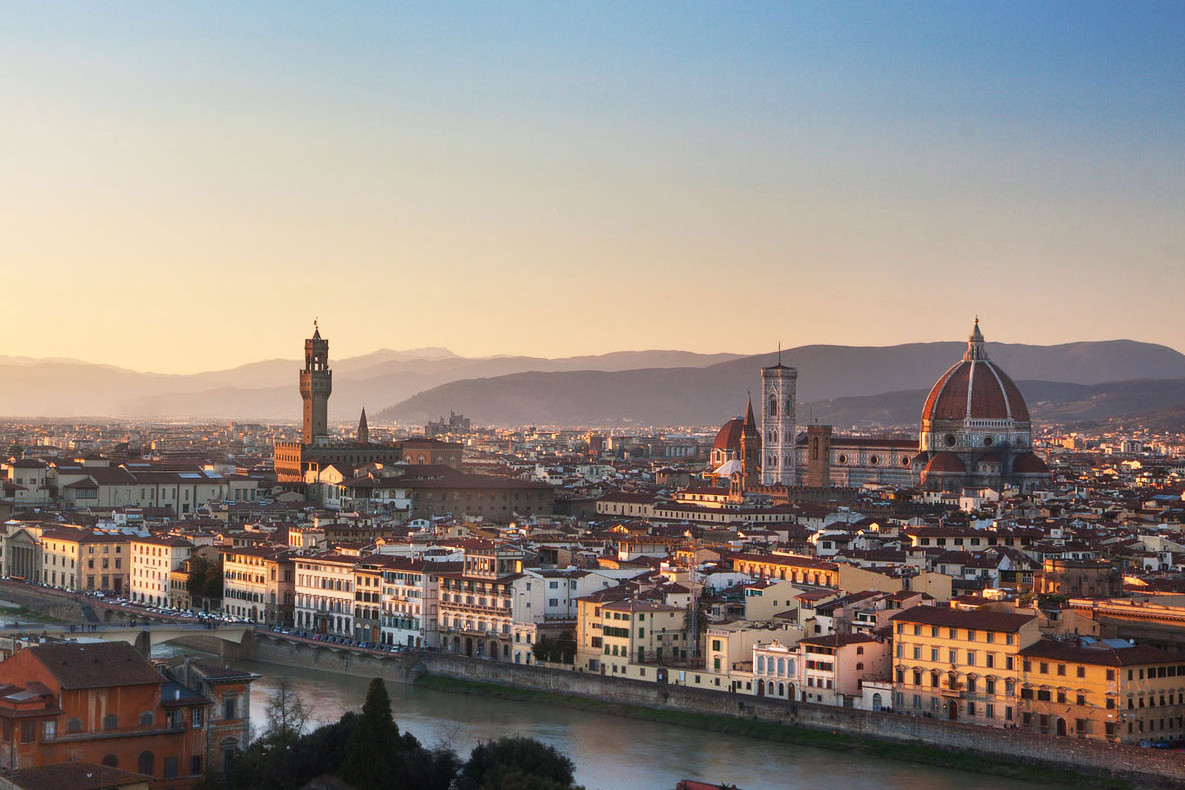
The tiratoio was eventually demolished by both guilds and it is believed that they may have then built 13 houses (9 and 4, respectively) as evidenced by the positioning of the coat of arms of each guild. The building in which the pharmacy is located is amongst those built by the Arte dei Mercatanti di Calimala, as shown by the coat of arms on the building.
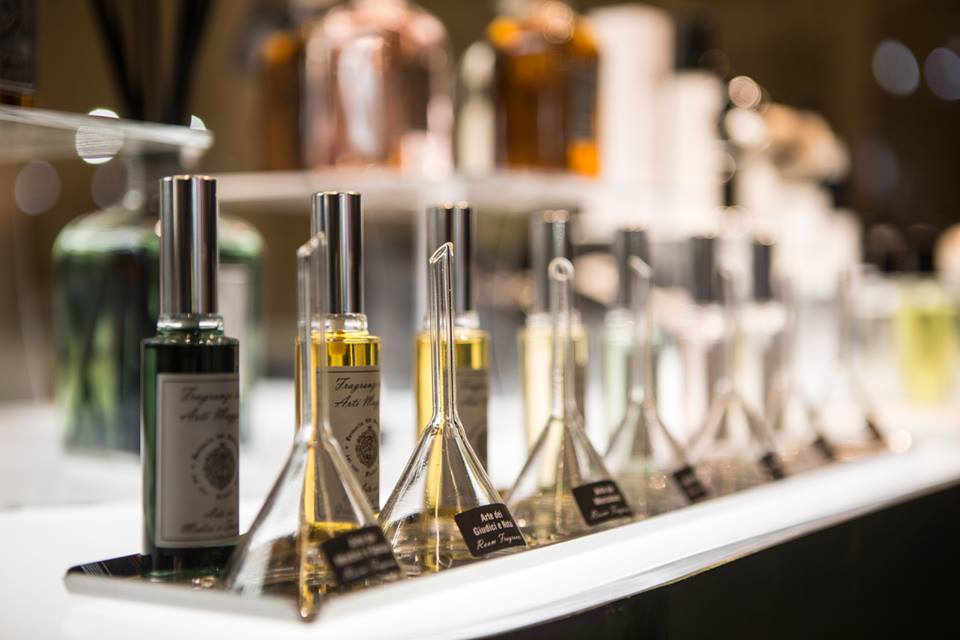
The Decima Granducale of 1561 is the first document that evidences the existence of the 13 houses. This document is a written land registry in which can be found the diligently noted names of owners and tenants along with any existing mortgages etc.
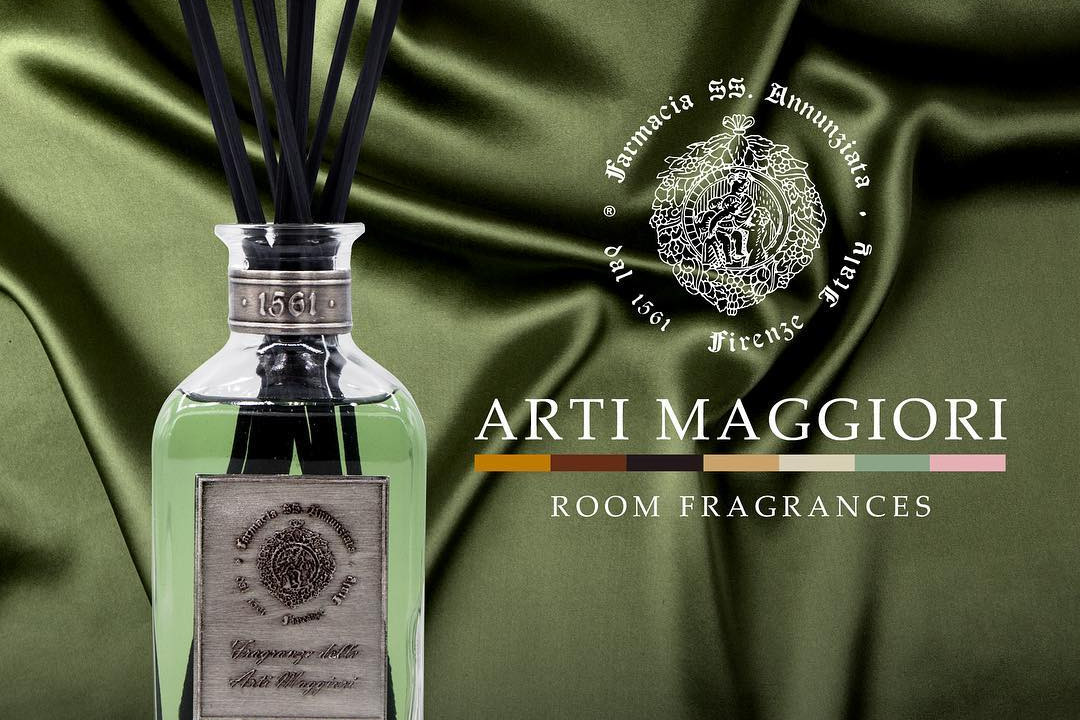
One of the volumes of the Decima, entitled Ricerca delle Botteghe a Firenze dell’anno 1561 (Research of the Florentine Shops from the year 1561), shows that a chemist’s shop existed on the second stretch of Via dei Servi which was the property of the Monache di S. Niccolò (Sisters of Saint Nicholas) and that was managed by the Domenico di Vincenzo Brunetti Apothecary (ASF, Decima Granducale 3784, cc. 110v. – 111r.).
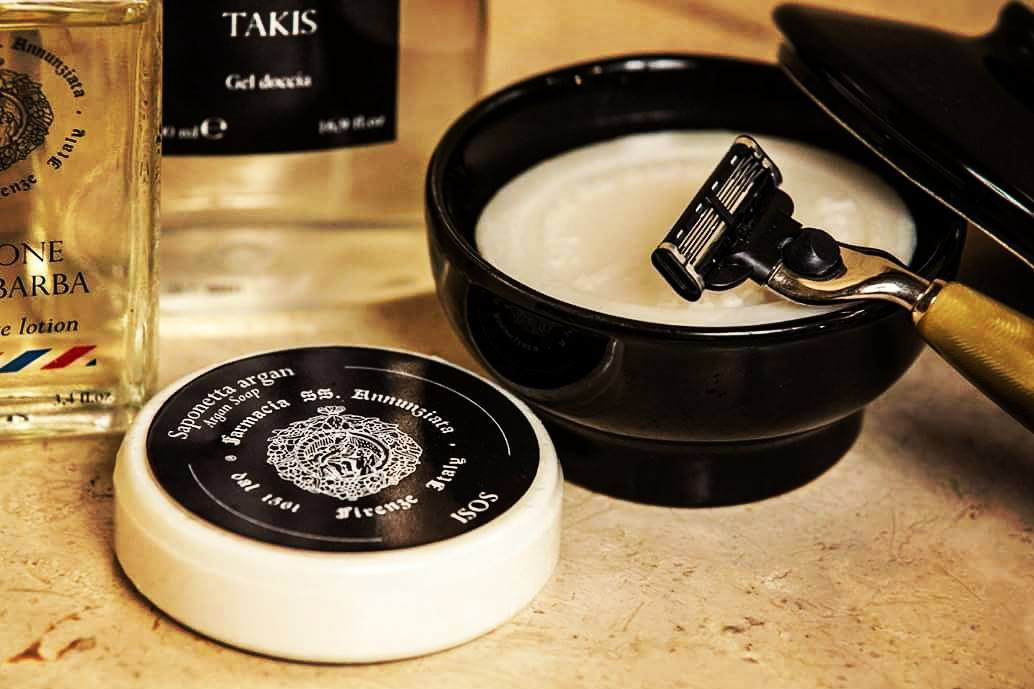
It is very possible that this is the same location where the current pharmacy sits today. Further research on Domenico Brunetti shows that he was registered on 1 Dec 1558 in the Libro rosso delle matricole di Firenze (The red registry book of Florence) for the Arte Medici e Speziali (the medical and apothecary guild) (ASF, Arte dei Medici e Speziali, 12, c. 123v.). Using this information we can reconstruct his story.
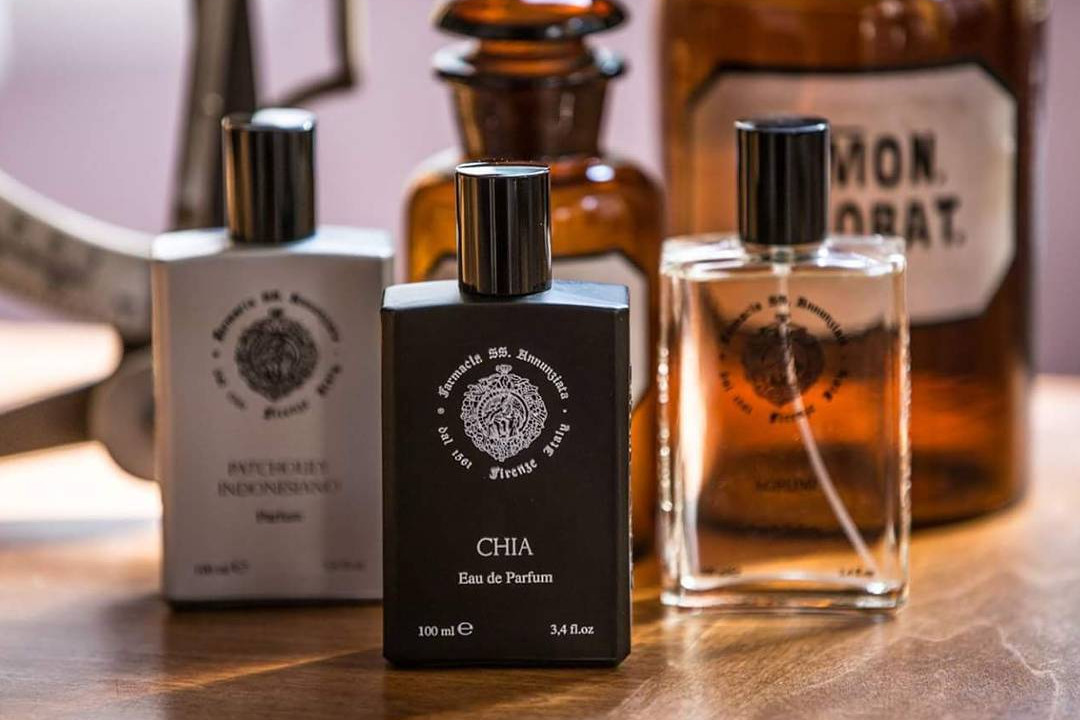
After joining the Arte dei Medici e Speziali he opened the chemist’s shop, which sold medicinal herbs and prepared medicines. The shop was located on the second stretch of Via dei Servi, which corresponds to the actual street number of 80r, and was owned by the Monache di S. Niccolò.
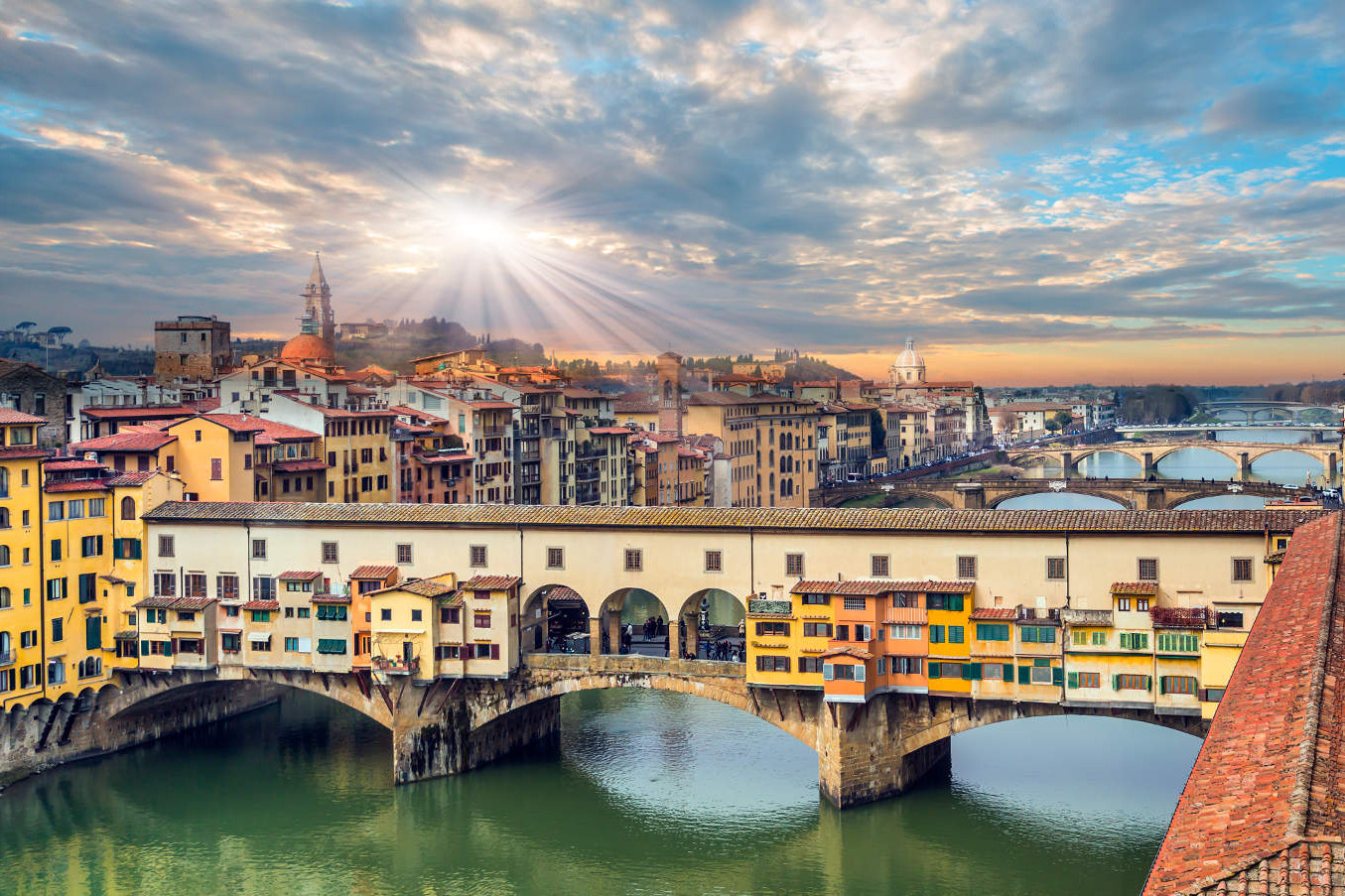
We can therefore identify the Domenico di Vincenzo Brunetti Apothecary as the first known administrator of the Farmacia SS. Annunziata in 1561.
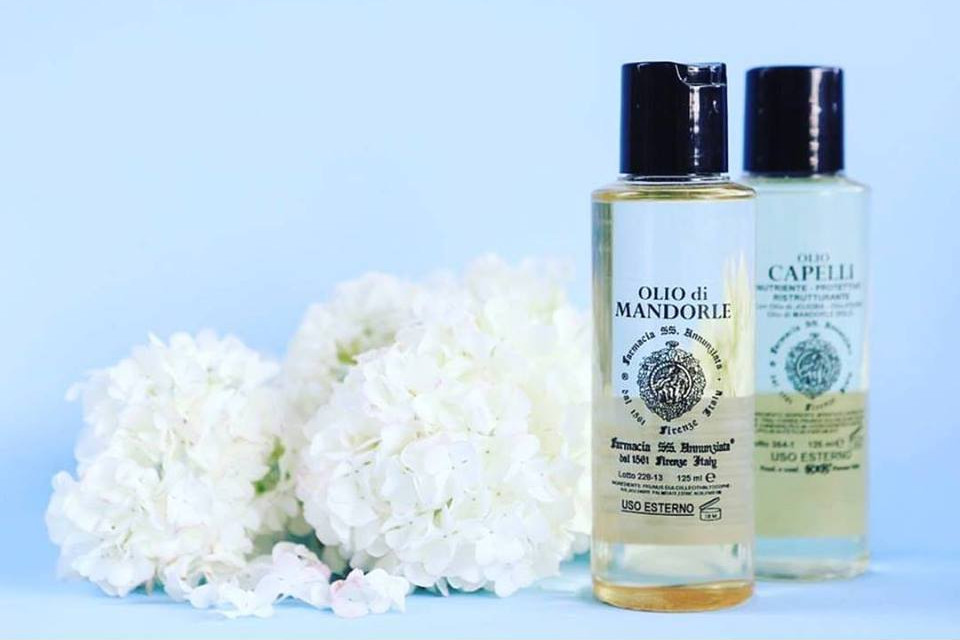
The furniture present in the pharmacy can most likely be traced back to the 18th century along with the insignia affixed to the facade of the building (the round ceramic plate framed in pietra serena with the scene of the Annunciation).
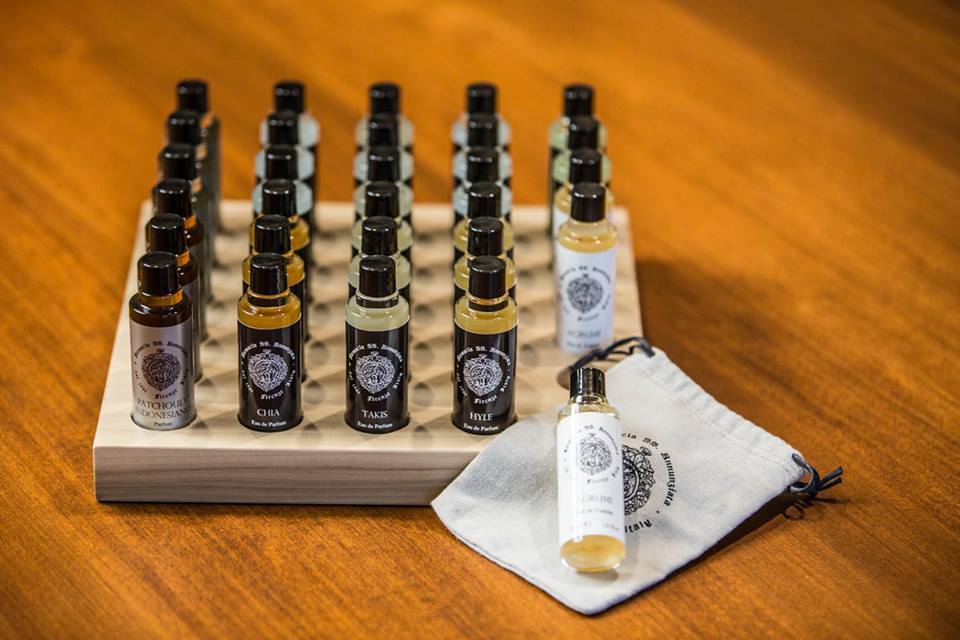
It is from this very symbol that the pharmacy derived its original name, all’insegna della SS. Annunziata (1876). (See photo at left). In 1935 it was renamed Farmacia della SS. Annunziata.
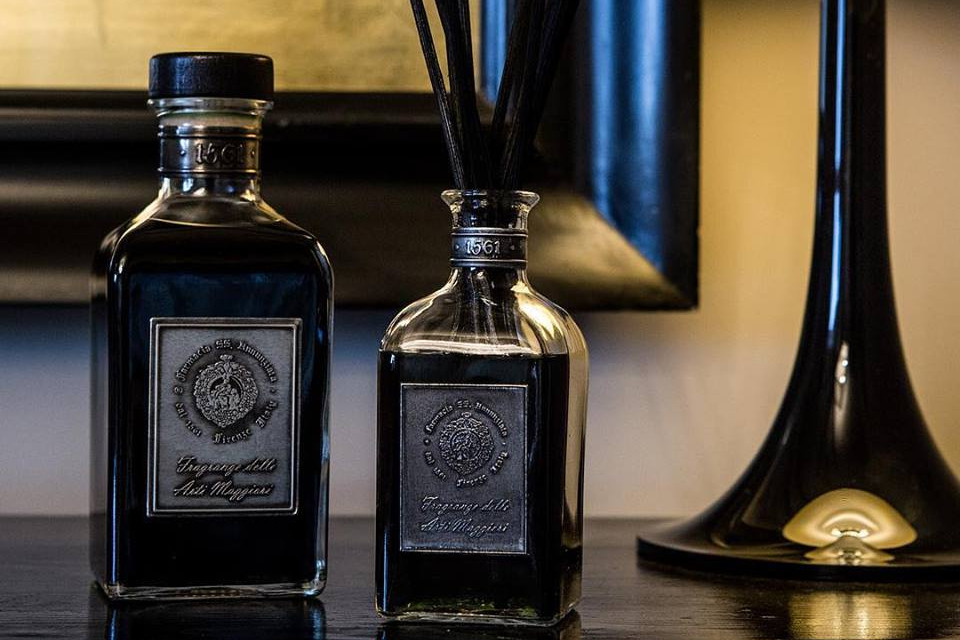
Today the pharmacy is both owned and managed by the Azzerlini family.
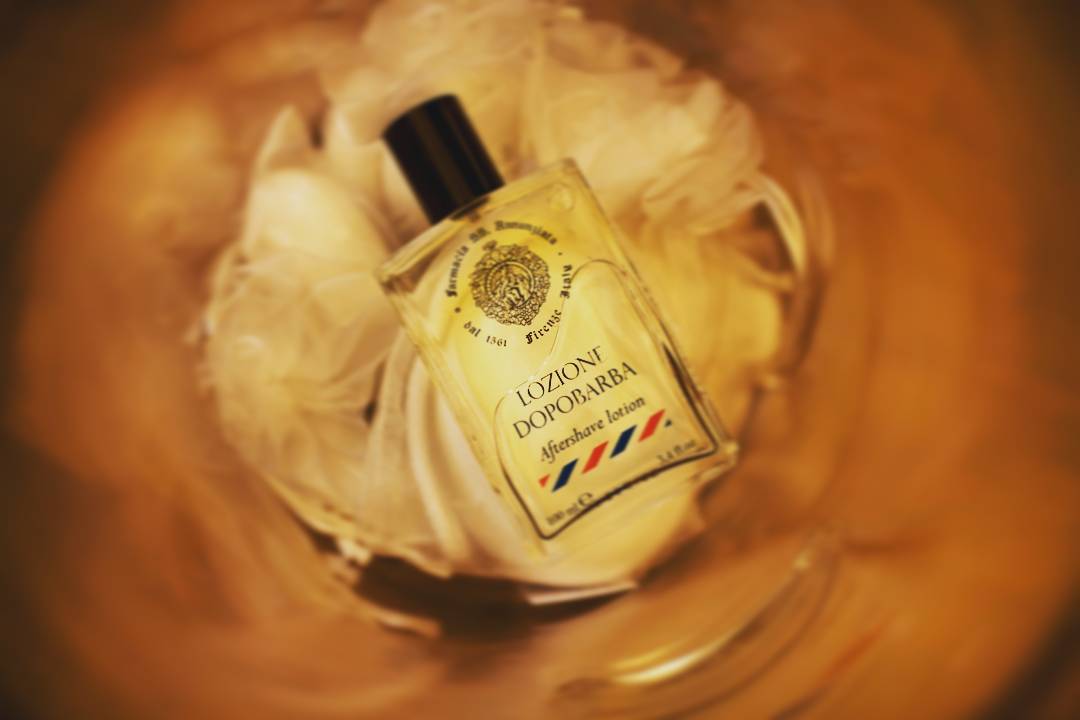
Family
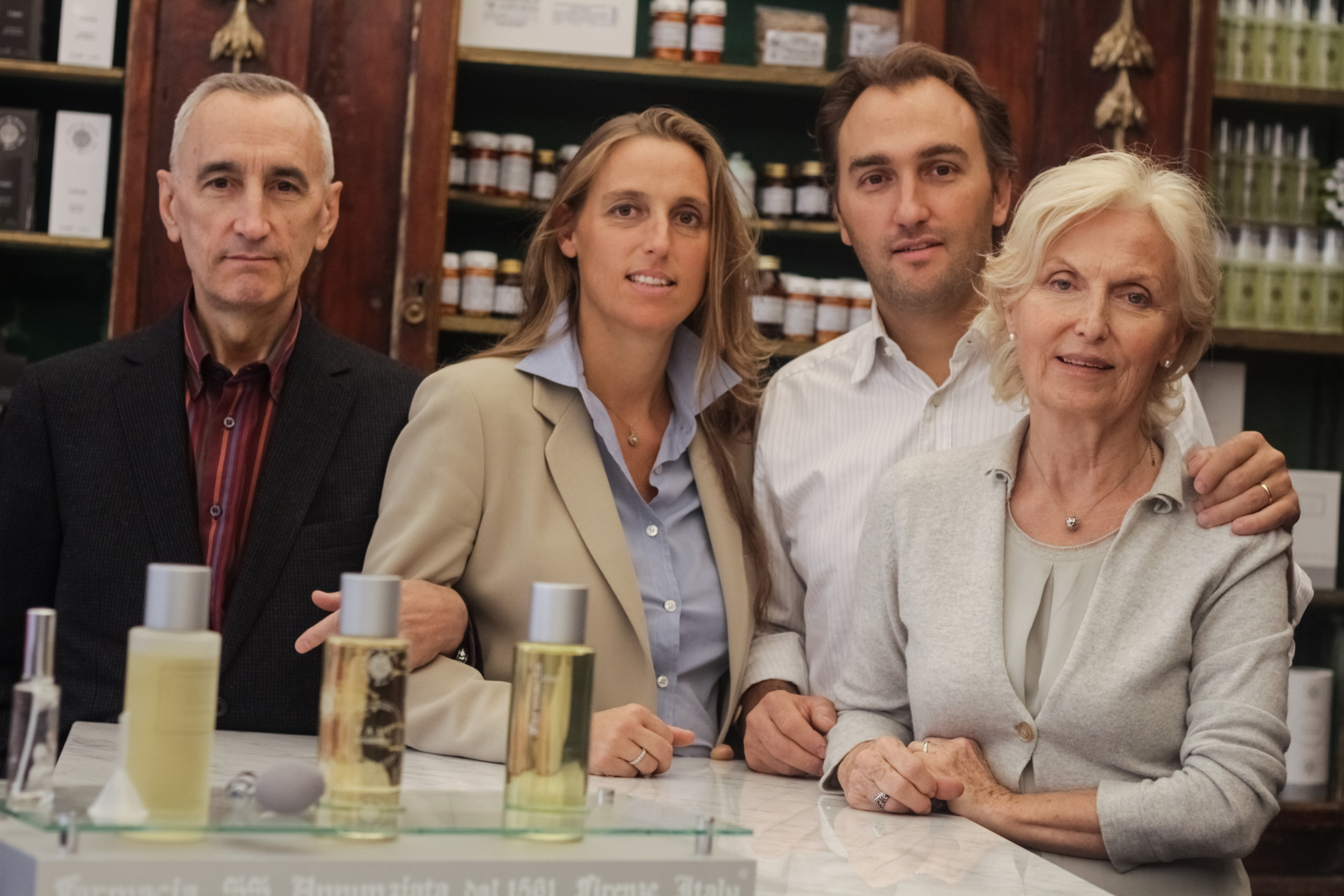
The cosmetic line by Farmacia SS. Annunziata dal 1561 Firenze Italy is produced by KER Srl.
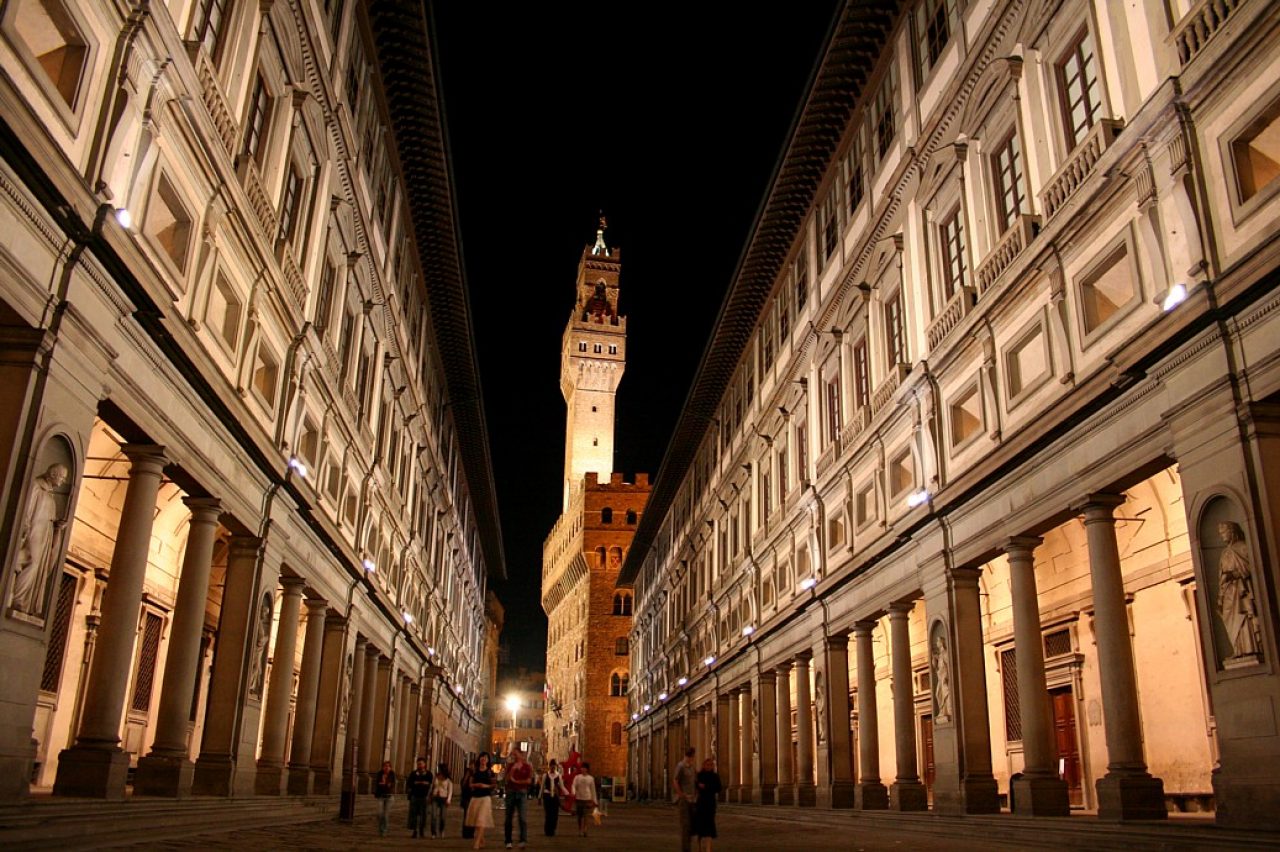
The family is the sole owner of both companies and is composed of two pharmacists and two business executives.
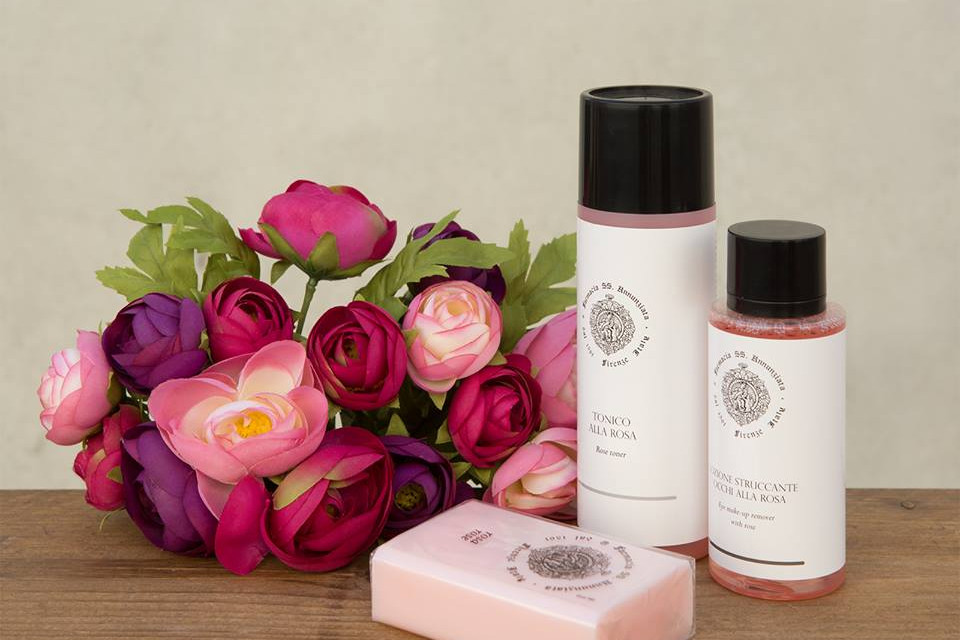
By uniting the long-standing experience of the pharmacy with the modern and reliable technology of KER, we have created a happy union that has brought an efficient and functional quality to our cosmetics. The entire production cycle is under our direct control until final sale to the end client.
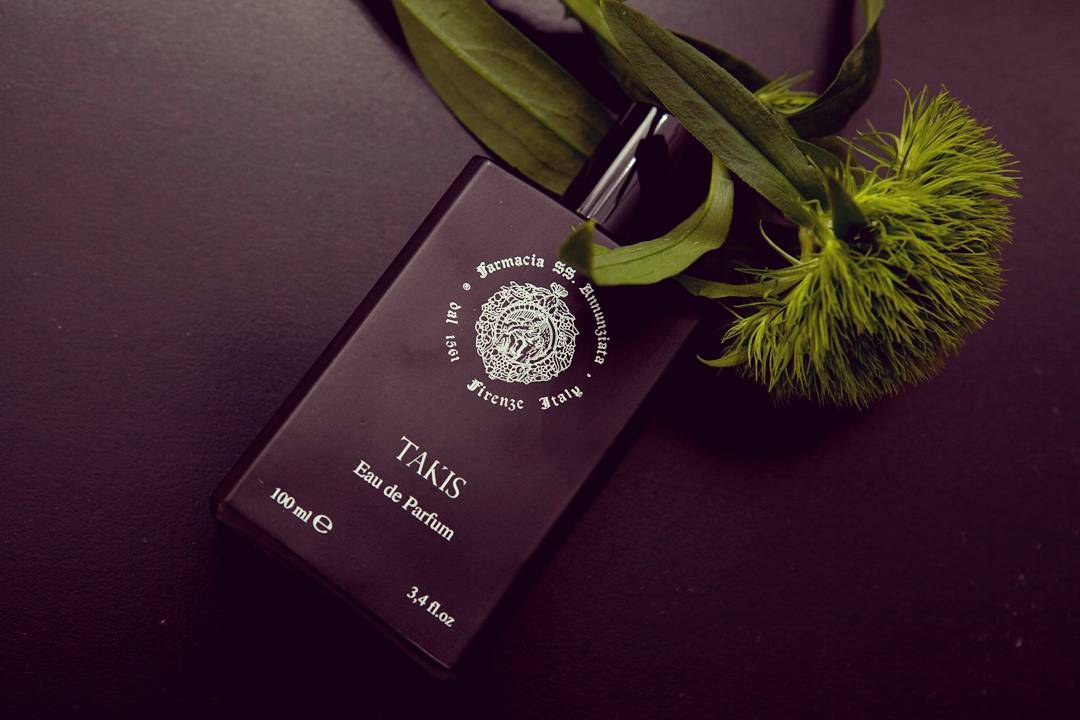
None of the old traditions have been lost. None of the benefits of modern technology have been neglected.
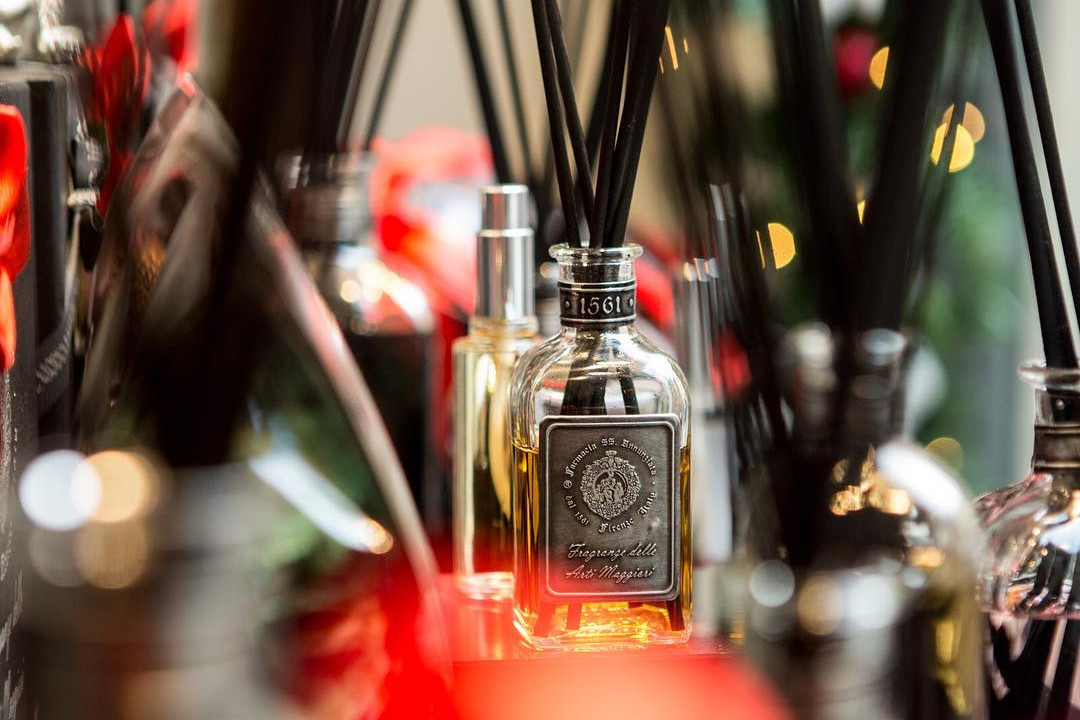
Products Farmacia SS. Annunziata 1561
Farmacia SS. Annunziata 1561
None of The Old Traditions have Been Lost. None of The Benefits of Modern Technology have Been Neglected

Concept

In 1561 the chemist Domenico di Vincenzo di Domenico Brunetti was the first manager of the Santissima Annunziata Pharmacy about whom we have information. (A.S.F. – Decima Granducale 3784 cc. 110v. – 111r A.S.F. – Arte dei Medici e Speziali, 12, c.123v.).

Since that time the Farmacia Santissima Annunziata has always mantained, apart from the usual prestige typical of every pharmacy at that age, a special tradition in preparing galenic prescriptions and products for hygiene and the beauty of the skin.

We have graduated, from ancient processes completely handmade, with pestle and mortar, to special quality controlled preparations made with modern and safe machinery, giving special attention to high standards and throughly researching our prescriptions which are made both with traditional and new raw products.

Our ancient tradition has been mantained and the standards of our products have become, if possible, better and safer.

The Farmacia SS. Annunziata uses only the highest quality ingredients available on the global market and preparation is done with precision using advanced, high-tech machinery. The finished product is always fresh and in accordance with all current technical and legislative standards and the psychophysical needs of the client, as well as the needs of the skin according to the climate and/or seasonal changes, are always carefully considered in the making of both new and old products.

History

The Farmacia SS. Annunziata of Florence is located at Via dei Servi 30 (black) and 80 (red) in a building that dates back to 1400.

At the top of the first story facade is a pietra serena stone sculpture of an eagle bearing a ball on its back. The history of this coat of arms dates back to 1200.Between the twelfth and thirteenth centuries, the Arti di Firenze (Guilds of Florence), which were guilds of arts and crafts, began to take shape.

These were initially created as lay associations for the defence and pursuit of common goals that brought together those who worked in the same profession or those who practised the same trade.

The extraordinary economic developments that permitted Florence to become one of the richest and most powerful cities in medieval Europe are owed in large part to these guilds.

Seven guilds called the Arti Maggiori (Major Guilds) and another fourteen called the Arti Minori (Minor Guilds) were formed.Those belonging to the former managed and administered large interests and were able to create commercial and financial relationships in many parts of the world.

The Arti Minori were guilds of a purely artisan character. Their services were limited to a local sphere and their involvement in politics was generally far more restricted than that of the Arti Maggiori.

One of the richest and most powerful of the Arti Maggiori guilds in Florence was the Arte dei Mercatanti or di Calimala (a guild of cloth finishers and merchants) who had shops in Via Calimala in the centre of Florence, where many of the various guilds’ shops were located.

The Arte dei Mercatanti imported cloth mainly from France and England and then dyed, stretched and fulled it before re-exporting it to other countries.

The Arte dei Mercatanti is represented by a golden eagle against a red background standing upon a white bundle of cloth.

This symbol can be found on the inside of its original building situated on top of a large ball that is hoisted above the stairwell. It is the same coat of arms that is sculpted on the facade of the building where the Farmacia SS. Annunziata is located.

In 1298 the city began to urbanize. It was during this time that a street was formed that went directly to the area in front of the new church that was connected to the SS Annunziata Convent. Today this street is called Via dei Servi.

In 1419, Fillipo Brunelleschi began work on the loggia of the Ospedale degli Innocenti (Hospital of the Innocents) and in 1421 Via dei Servi was paved.

At some point between 1471 and 1482, a map was drawn up by an anonymous connoisseur of Florentine wares and artefacts that clearly shows a two-storey unitary building located between the Annunziata and the Duomo. This building could represent the houses of Via dei Servi and not the original tiratoio (the building for the stretching and drying of cloth). Two-thirds of the original tiratoio was inherited by the Arte della Lana (Guild of Silk), and the Arte dei Mercatanti inherited the remaining one-third.

The tiratoio was eventually demolished by both guilds and it is believed that they may have then built 13 houses (9 and 4, respectively) as evidenced by the positioning of the coat of arms of each guild. The building in which the pharmacy is located is amongst those built by the Arte dei Mercatanti di Calimala, as shown by the coat of arms on the building.

The Decima Granducale of 1561 is the first document that evidences the existence of the 13 houses. This document is a written land registry in which can be found the diligently noted names of owners and tenants along with any existing mortgages etc.

One of the volumes of the Decima, entitled Ricerca delle Botteghe a Firenze dell’anno 1561 (Research of the Florentine Shops from the year 1561), shows that a chemist’s shop existed on the second stretch of Via dei Servi which was the property of the Monache di S. Niccolò (Sisters of Saint Nicholas) and that was managed by the Domenico di Vincenzo Brunetti Apothecary (ASF, Decima Granducale 3784, cc. 110v. – 111r.).

It is very possible that this is the same location where the current pharmacy sits today. Further research on Domenico Brunetti shows that he was registered on 1 Dec 1558 in the Libro rosso delle matricole di Firenze (The red registry book of Florence) for the Arte Medici e Speziali (the medical and apothecary guild) (ASF, Arte dei Medici e Speziali, 12, c. 123v.). Using this information we can reconstruct his story.

After joining the Arte dei Medici e Speziali he opened the chemist’s shop, which sold medicinal herbs and prepared medicines. The shop was located on the second stretch of Via dei Servi, which corresponds to the actual street number of 80r, and was owned by the Monache di S. Niccolò.

We can therefore identify the Domenico di Vincenzo Brunetti Apothecary as the first known administrator of the Farmacia SS. Annunziata in 1561.

The furniture present in the pharmacy can most likely be traced back to the 18th century along with the insignia affixed to the facade of the building (the round ceramic plate framed in pietra serena with the scene of the Annunciation).

It is from this very symbol that the pharmacy derived its original name, all’insegna della SS. Annunziata (1876). (See photo at left). In 1935 it was renamed Farmacia della SS. Annunziata.

Today the pharmacy is both owned and managed by the Azzerlini family.

Family

The cosmetic line by Farmacia SS. Annunziata dal 1561 Firenze Italy is produced by KER Srl.

The family is the sole owner of both companies and is composed of two pharmacists and two business executives.

By uniting the long-standing experience of the pharmacy with the modern and reliable technology of KER, we have created a happy union that has brought an efficient and functional quality to our cosmetics. The entire production cycle is under our direct control until final sale to the end client.

None of the old traditions have been lost. None of the benefits of modern technology have been neglected.

Products Farmacia SS. Annunziata 1561
-
Farmacia SS. Annunziata 1561 - Shower Gel Fiore di Cotone - Bath and Shower -...
Thanks to the nourishing and strengthening properties of organic Flax and Oat, our Fiore di Cotone Shower Gel delivers a regenerative action. Leaves skin smooth and delicately scented. Suitable for cleansing hair.
30,00 € -
Farmacia SS. Annunziata 1561 - Shower Gel Bergamundi - Bath and Shower -...
Thanks to the revitalizing and energizing properties of organic Lemon and Orange, our Bergamundi Shower Gel delivers a refreshing and invigorating action. Leaves skin smooth and delicately scented. Suitable for cleansing hair.
30,00 € -
Farmacia SS. Annunziata 1561 - Shower Gel Vita Nova - Bath and Shower -...
Thanks to the revitalizing and antibacterial action of Black Pepper and Coriander, our Vita Nova Shower Gel delivers an energizing and purifying action. Leaves skin smooth and delicately scented. Suitable for cleansing hair.
30,00 € -
Farmacia SS. Annunziata 1561 - Shower Gel Accordo Marino - Bath and Shower -...
Thanks to the calming and detoxifying properties of Aloe and Milk Thistle, our Accordo Marino Shower Gel delivers a purifying and soothing action. Leaves skin smooth and delicately scented. Suitable for cleansing hair.
30,00 € -
Farmacia SS. Annunziata 1561 - Shower Gel Giardino dell’Iris - Bath and...
Thanks to the detoxifying and calming properties of Iris Florentina and Burdock, our Giardino dell’Iris Shower Gel delivers a purifying and soothing action. Leaves skin smooth and delicately scented. Suitable for cleansing hair.
30,00 € -
Farmacia SS. Annunziata 1561 - Shower Gel Via dell’Incenso - Bath and Shower...
Thanks to the detoxifying and stimulating properties of Elder and Maritime Pine, our Via dell’Incenso Shower Gel delivers a purifying and invigorating action. Leaves skin smooth and delicately scented. Suitable for cleansing hair.
30,00 € -
Farmacia SS. Annunziata 1561 - Shower Gel Cuoio Toscano - Bath and Shower -...
Thanks to the antioxidant and toning properties of Green Tea and Hemp, the Tuscan Leather Shower Gel exerts a protective and nourishing action. Leaves the skin soft and delicately scented. Also suitable for hair cleansing.
30,00 € -
Farmacia SS. Annunziata 1561 - Shower Gel Anniversary - Bath and Shower -...
Thanks to the detoxifying and nourishing properties of Coffee and Vanilla, our Anniversary Shower Gel delivers a purifying and regenerative action. Leaves skin smooth and delicately scented. Suitable for cleansing hair.
30,00 € -
Farmacia SS. Annunziata 1561 - Shower Gel Oud and Black Rose - Bath and...
Thanks to the antistress and relaxing properties of Dog rose and Red rose, it delivers a calming and regenerative action. Leaves skin smooth and delicately scented. Suitable for cleansing hair.
30,00 € -
Farmacia SS. Annunziata 1561 - Shower Gel Sparkling Notturno - Bath and...
Thanks to the skin-strengthening and nourishing properties of Pistachio and Vanilla, this shower gel delivers a toning and restorative action. Leaves skin smooth and delicately scented. Suitable for cleansing hair.
30,00 € -
Farmacia SS. Annunziata 1561 - Shower Gel Whisky Nobile - Bath and Shower -...
Thanks to the softening and nourishing properties of Oat and Barley, Noble Whisky Shower Gel exerts a soothing and restorative action. It leaves the skin soft and delicately perfumed. Also suitable for cleansing the hair.
30,00 € -
Farmacia SS. Annunziata 1561 - Shower Gel Sweet Carousel - Bath and Shower -...
Thanks to the antioxidant and nourishing properties of Cherry and Vanilla, our Sweet Carousel Shower Gel delivers a protective and regenerative action. Leaves skin smooth and delicately scented. Suitable for cleansing hair.
30,00 € -
Farmacia SS. Annunziata 1561 - Shower Gel Oriental Casbah - Bath and Shower -...
Thanks to the nourishing and de-stressing properties of Bamboo and Ginkgo Biloba, our Oriental Casbah Shower Gel delivers a regenerative and soothing action. Leaves skin smooth and delicately scented. Suitable for cleansing hair.
30,00 € -
Farmacia SS. Annunziata 1561 - Shower Gel Reunion Vanilla - Bath and Shower -...
Thanks to the emollient and nourishing properties of Apricot and Vanilla, the Reunion vanilla shower gel has a soothing and restorative action. Leaves the skin soft and delicately scented. Also suitable for hair cleansing.
30,00 € -
Farmacia SS. Annunziata 1561 - Shower Gel Venere - Bath and Shower - Ancient...
Thanks to the revitalizing and energizing properties of Helichrysum and Jasmine, this shower gel delivers a refreshing and invigorating action. Leaves skin smooth and delicately scented. Suitable for cleansing hair.
30,00 € -
Farmacia SS. Annunziata 1561 - Shower Gel Citrus Paradisi - Bath and Shower -...
Enriched with almond oil and sesame oil, this fast-absorbing lotion regenerates skin and makes it more elastic. The calming and anti-oxidant properties of Passion flower and Indian fig deliver a soothing and protective action.
30,00 € -
Farmacia SS. Annunziata 1561 - Perfume Venere - 1561 Perfumes - Ancient...
Just as Botticelli’s Venus rises from the water, so this perfume blooms from a composition of flowers, musk and amber. A scent representing the true essence of beauty and femininity.
147,00 € -
Farmacia SS. Annunziata 1561 - Perfume Citrus Paradisi - 1561 Perfumes -...
A zesty breeze that ruffles your hair. The thrill of novelty, of unexpected adventures. The sweetness of fig blends with fresh notes of grapefruit and lemon, creating an unforgettable hymn to life and youth.
132,00 € -
Farmacia SS. Annunziata 1561 - Perfume Sparkling Notturno - 1561 Perfumes -...
Red roses blend with pistachio notes creating a feminine and sublime fragrance. An early summer night, a fancy dress, a glass of fruity champagne, carefree smiles, and gazes of complicity.
147,00 € -
Farmacia SS. Annunziata 1561 - Perfume Oud and Black Rose - 1561 Perfumes -...
Warm notes of oud perfectly blend with rose to give life to a sensual fragrance that evokes mellow Middle Eastern atmospheres. An open suitcase gives off the mysterious and captivating melange of a just-ended journey.
132,00 € -
Farmacia SS. Annunziata 1561 - Perfume Reunion Vanilla - 1561 Perfumes -...
Between the rustling sound of flowering trees and the silence of secrets treasured at the bottom of the ocean, Vanilla and Orchid blend together. An embrace sealing the union of known and unknown.
147,00 €



